Ranti Bam: Common Ground
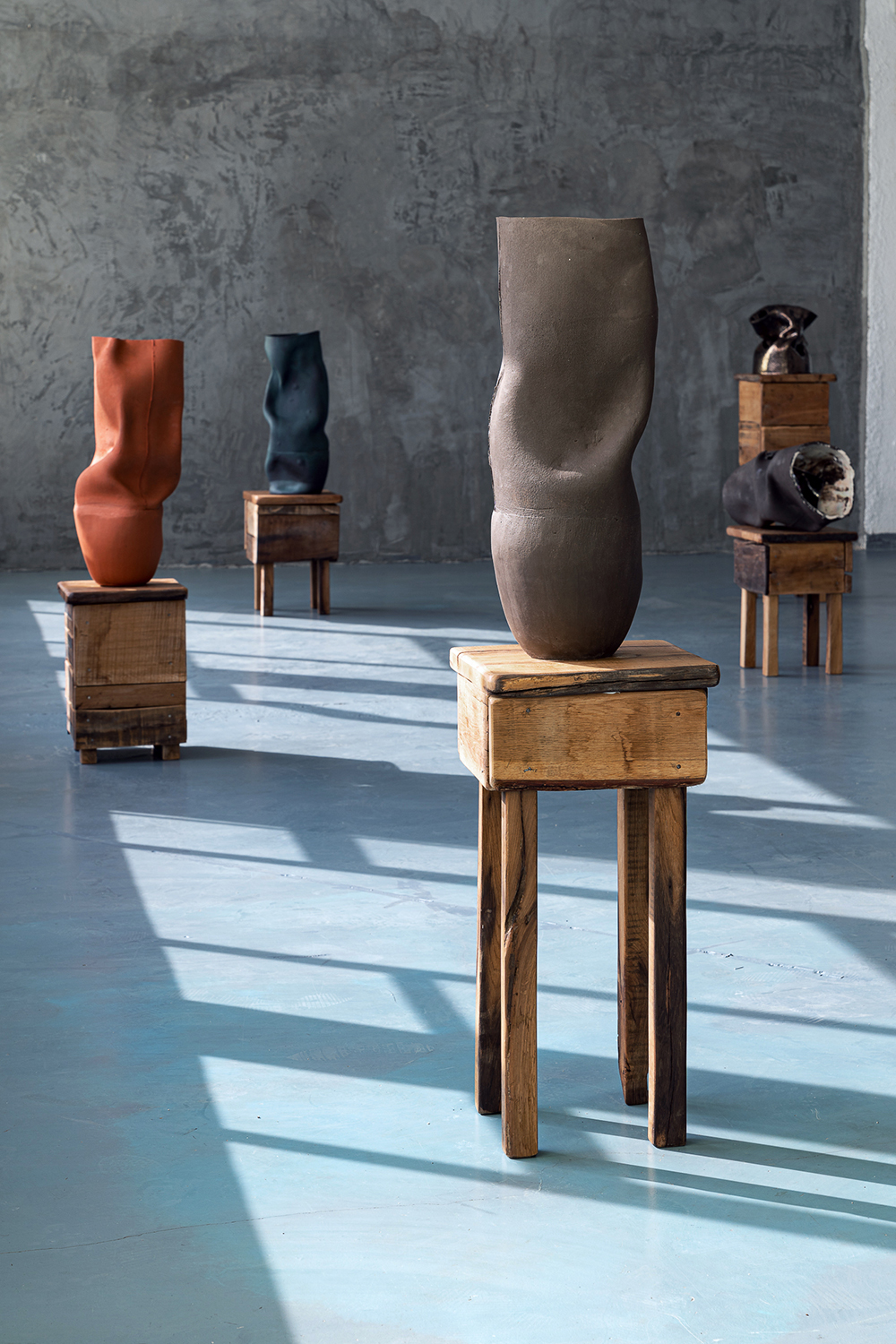
Ranti Bam
Common Ground
Installation View
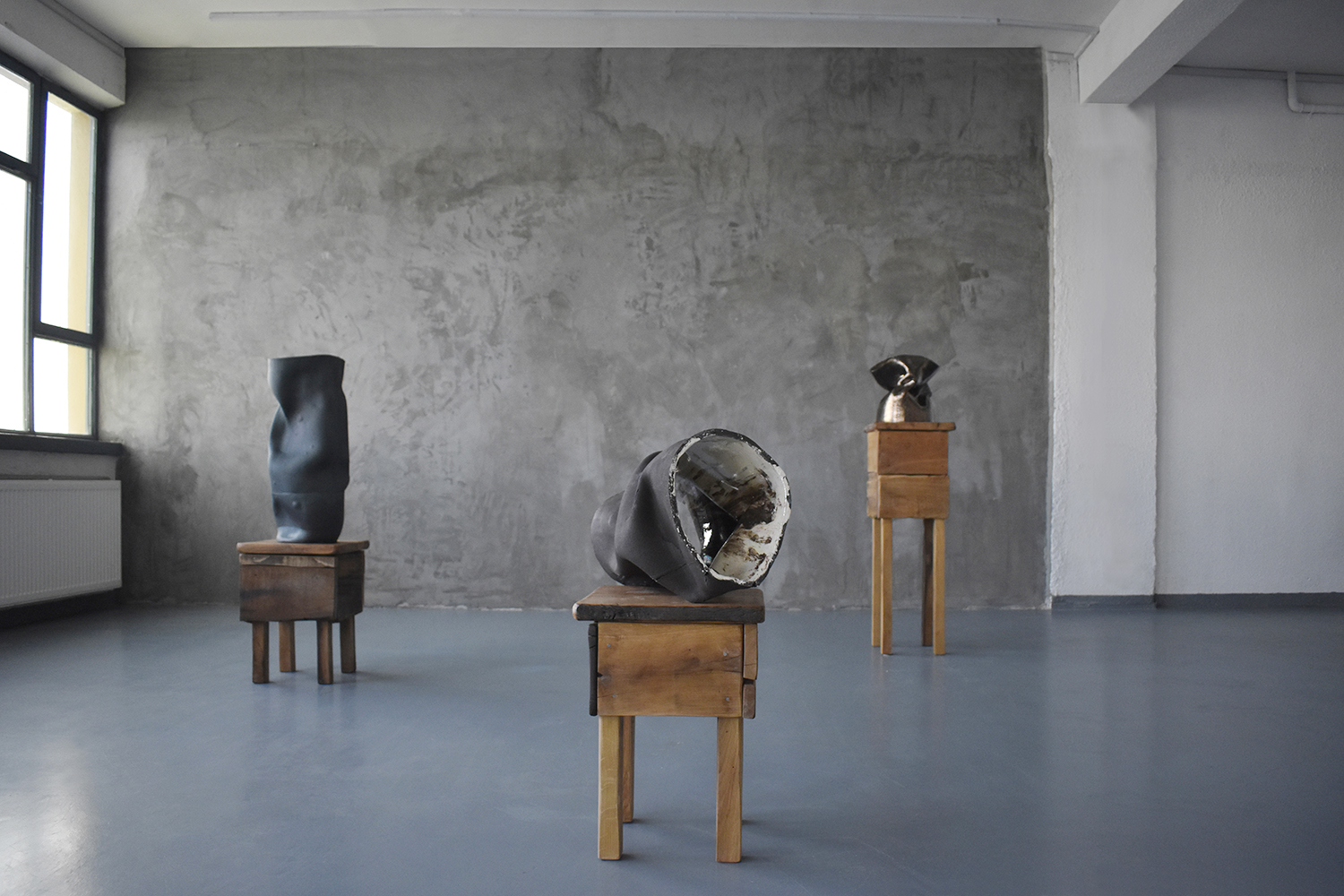
Ranti Bam
Common Ground
Installation View
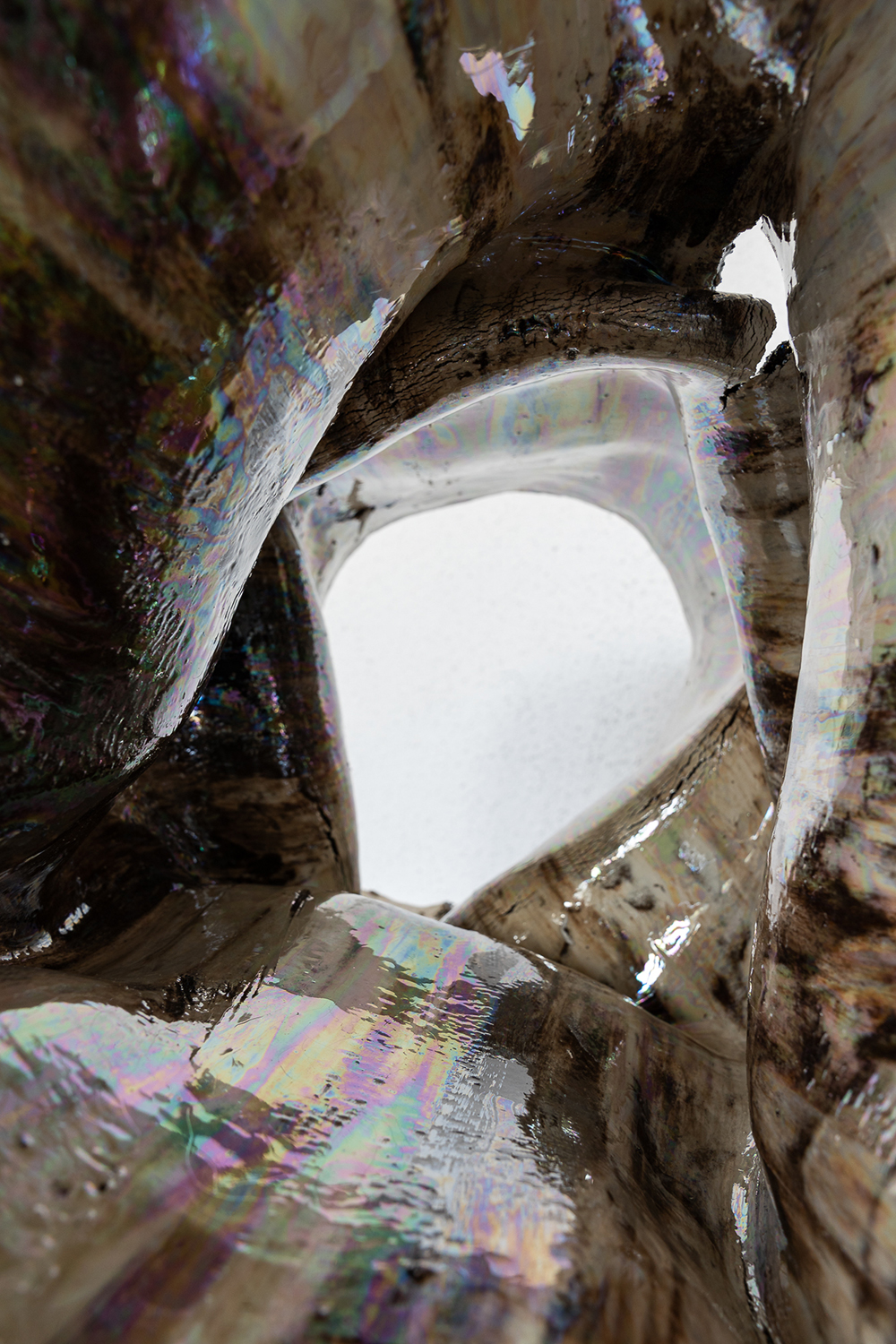
Ranti Bam
Detail
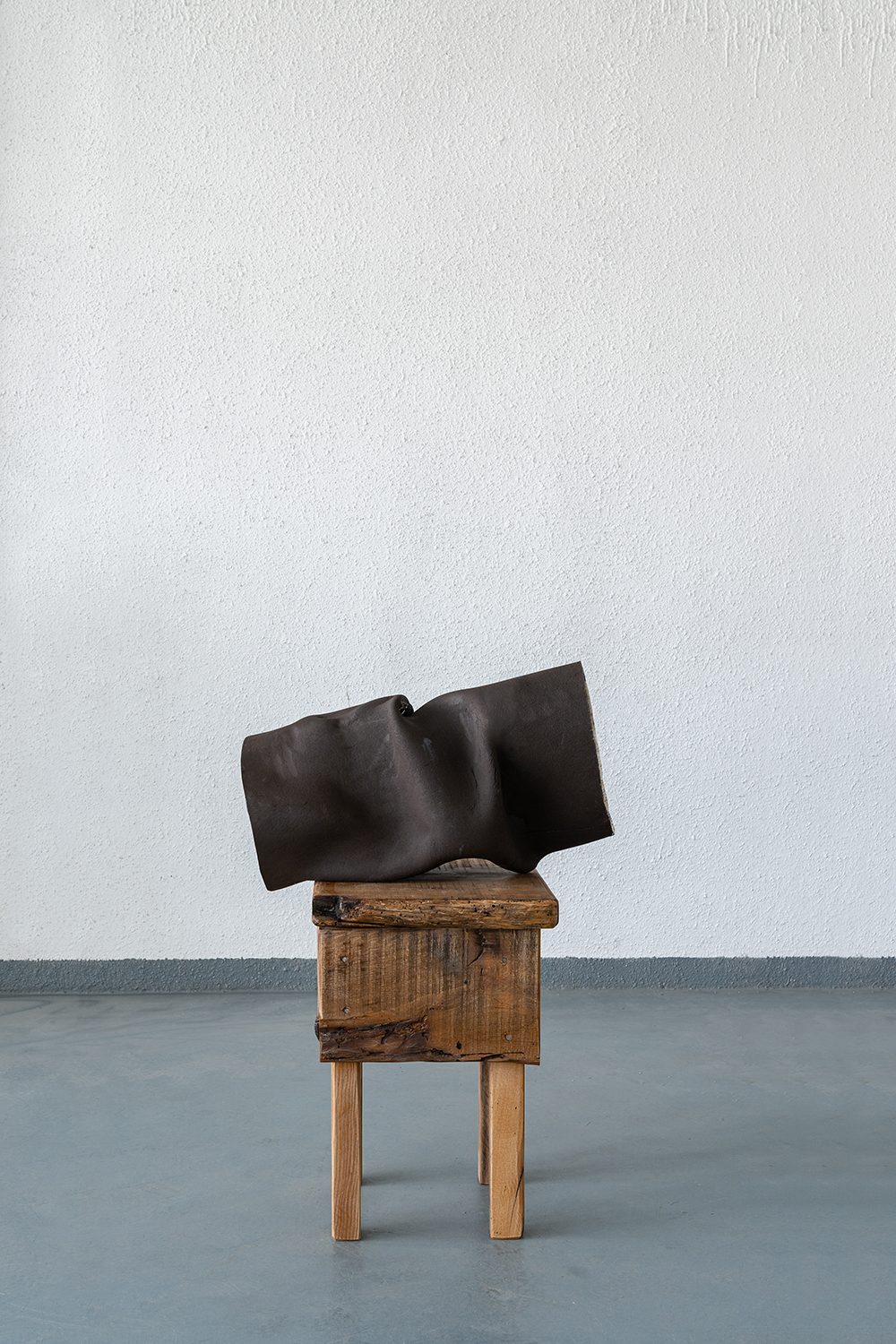
Ranti Bam
Ifa, 2021
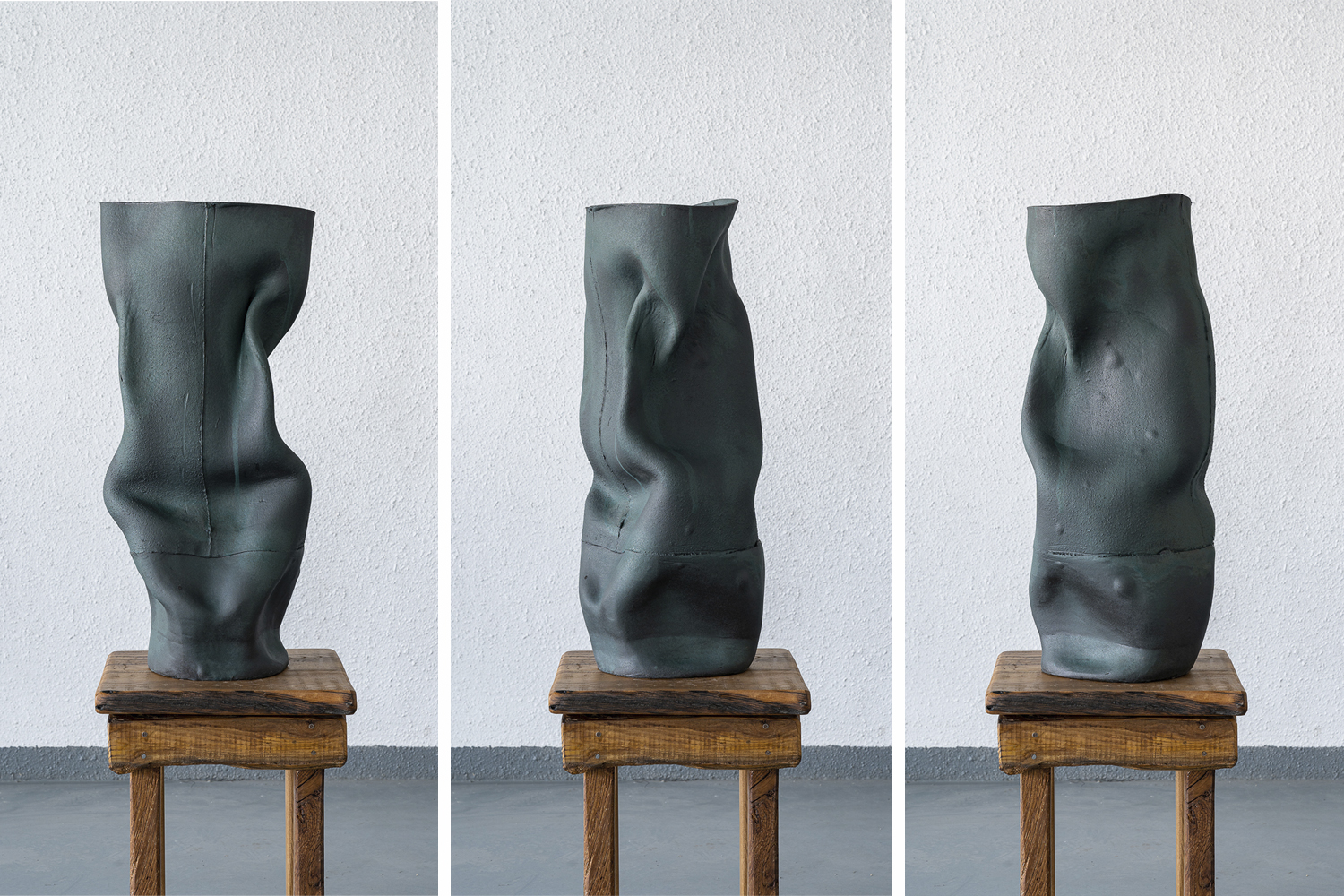
Ranti Bam
Teal Ifa, 2021
Black clay and glaze, 74 cm x 35 cm
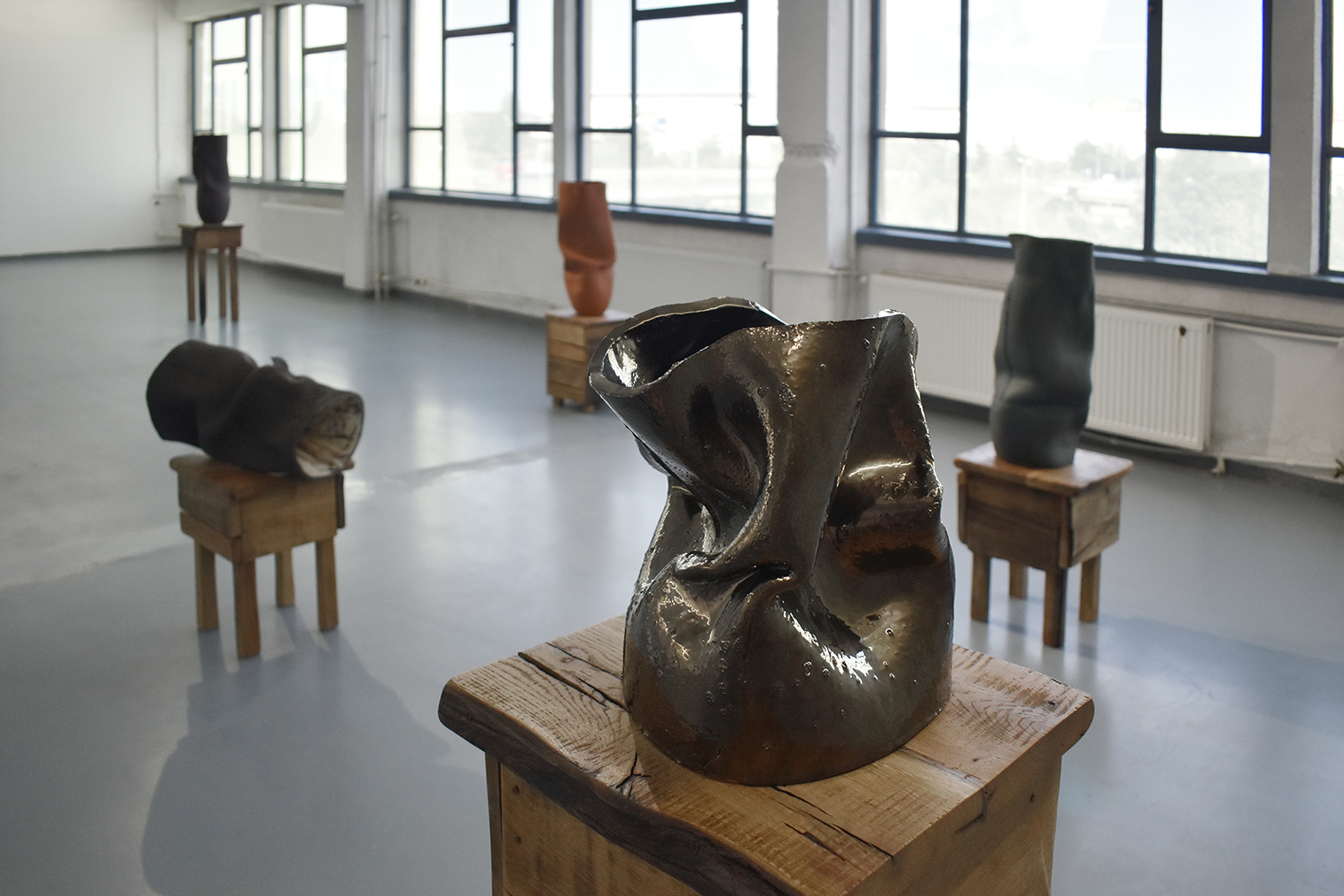
Ranti Bam
Common Ground
Installation View
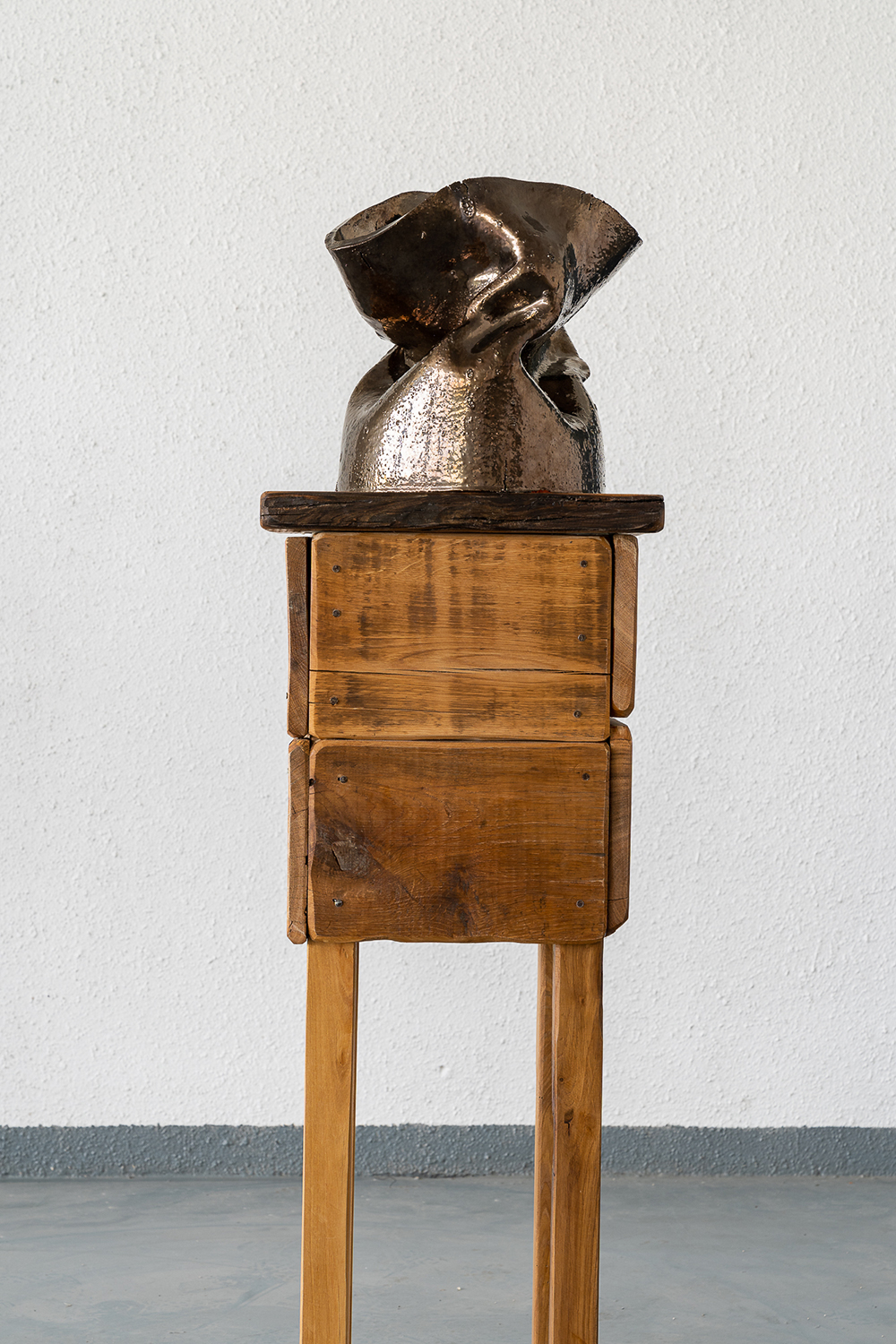
Ranti Bam
Ifa Bust 3, 2021
Black clay and metallic glaze
34 cm x 34 cm
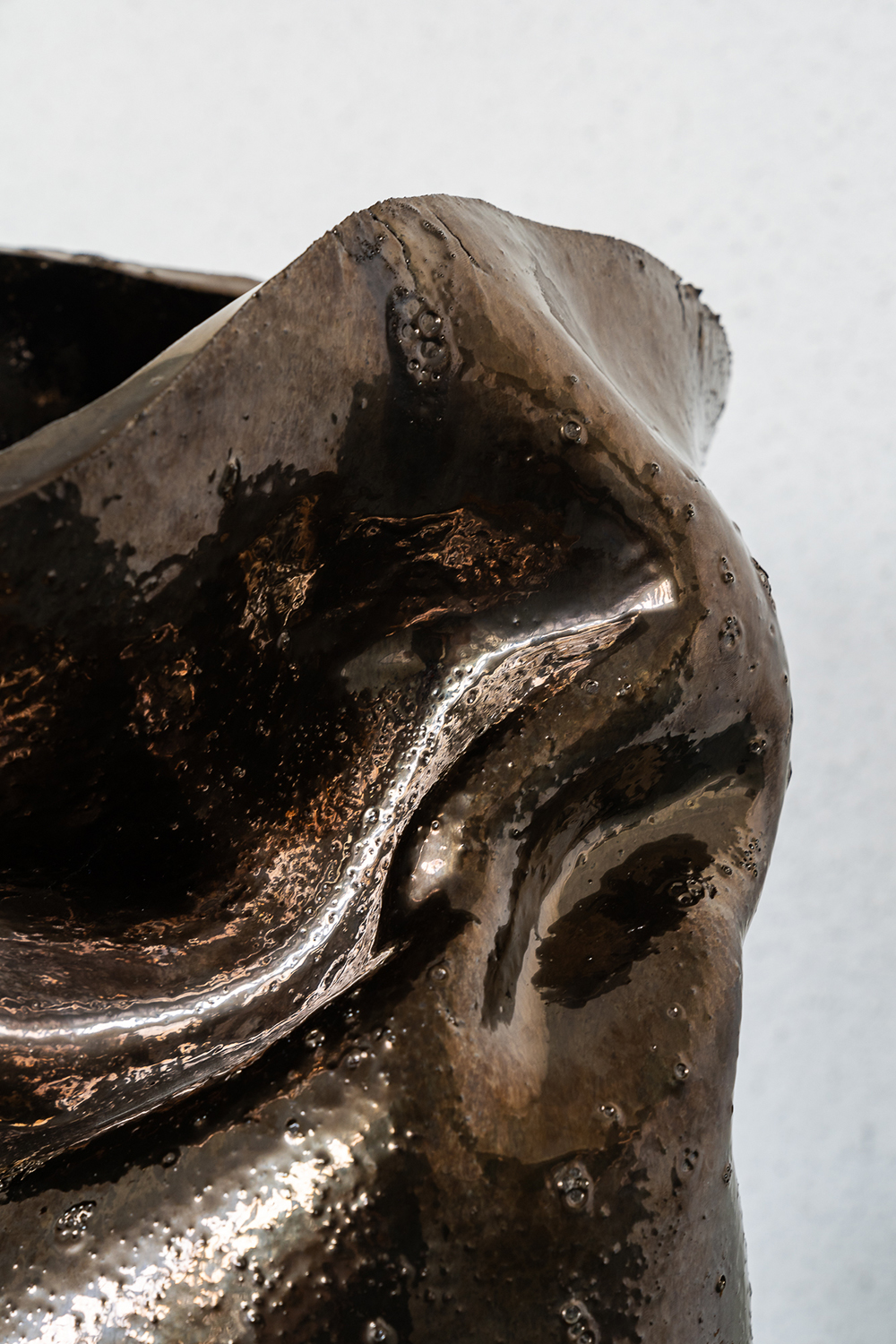
Ranti Bam
Ifa Bust 3, 2021
Detail
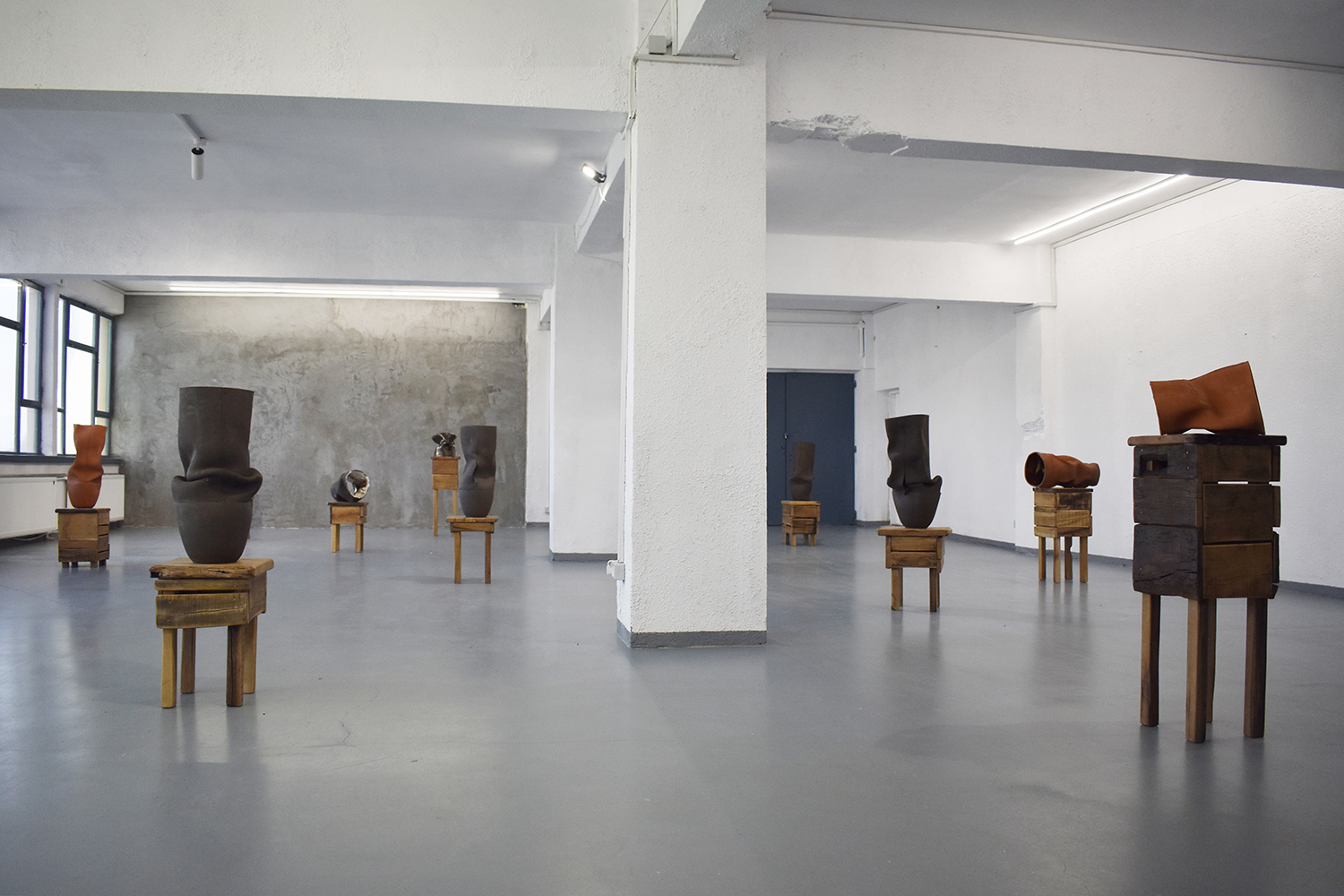
Ranti Bam
Common Ground
Installation View
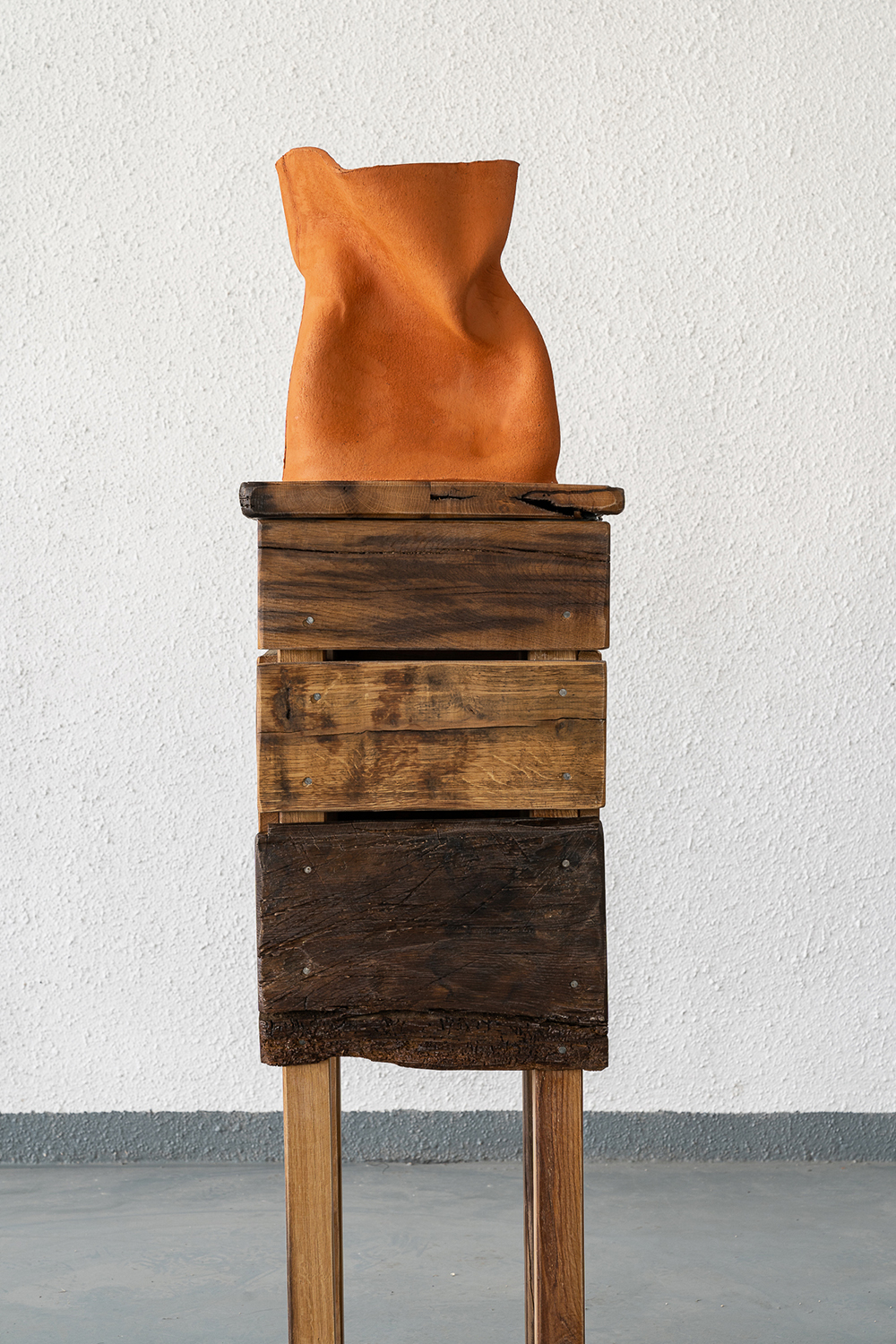
Ranti Bam
Ifa Bust 2, 2021
Red clay and glaze
36 cm x 33 cm
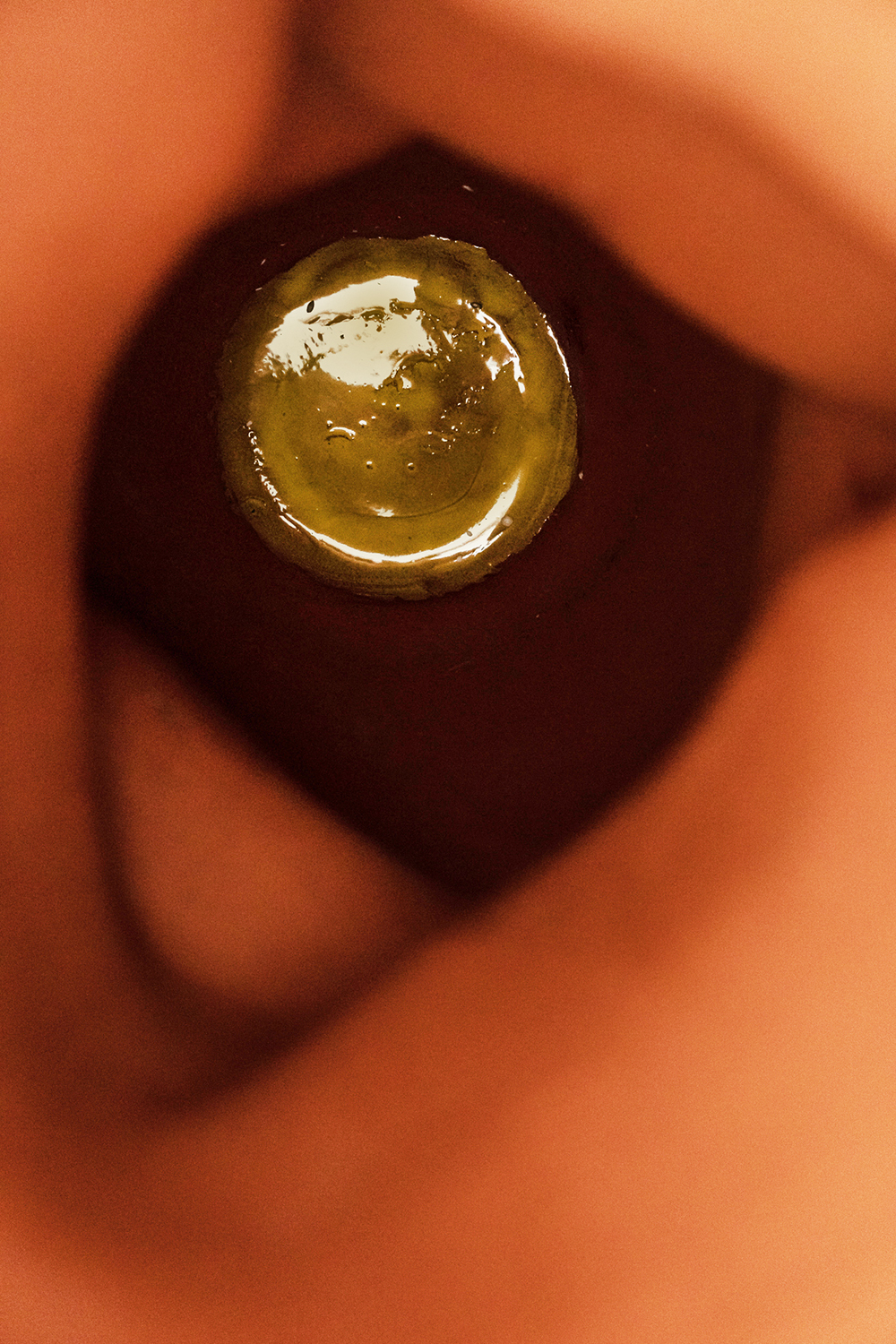
Ranti Bam
Ifa 3, 2021
Detail
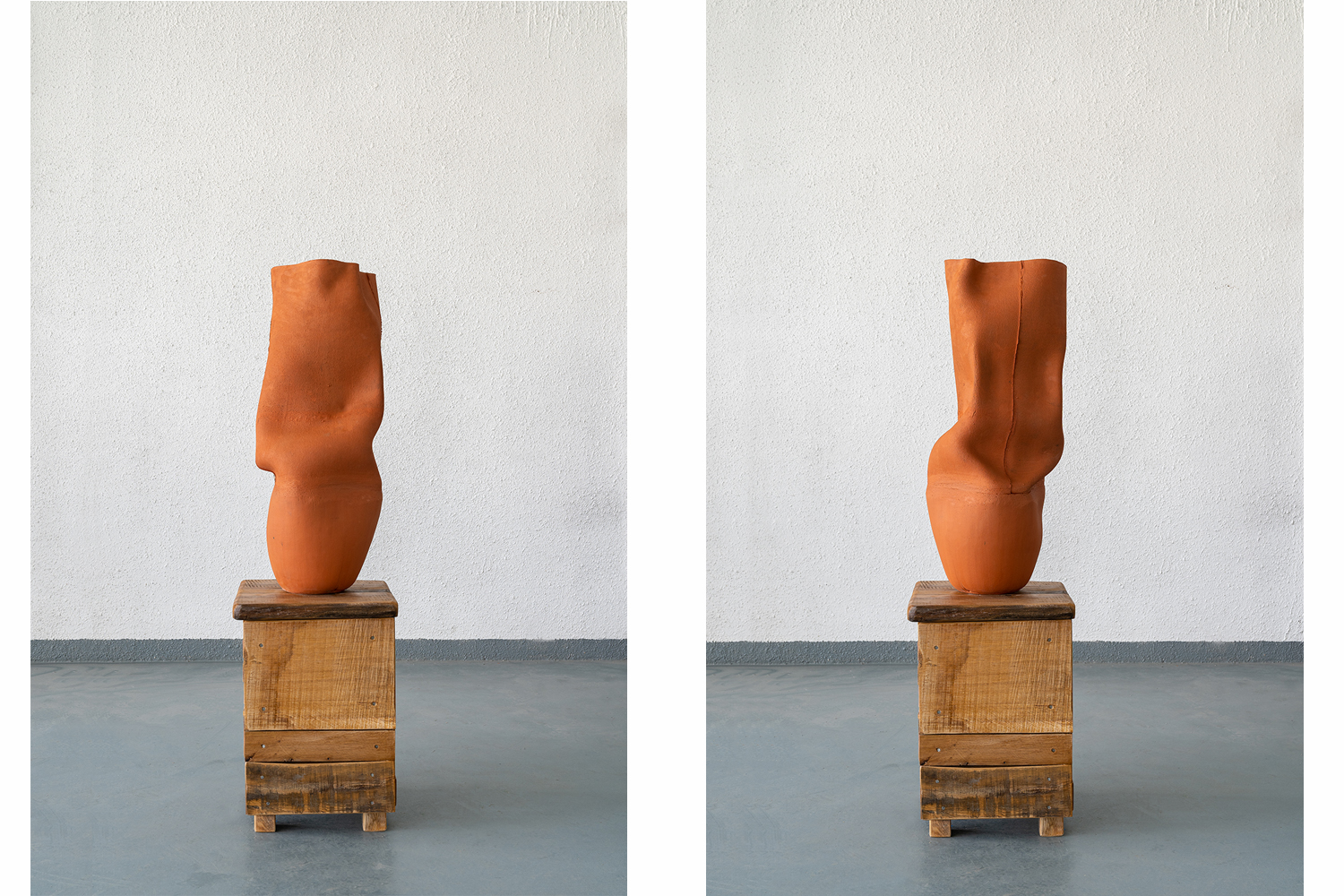
Ranti Bam
Ifa 3, 2021
Red clay and glaze
78 cm x 31 cm
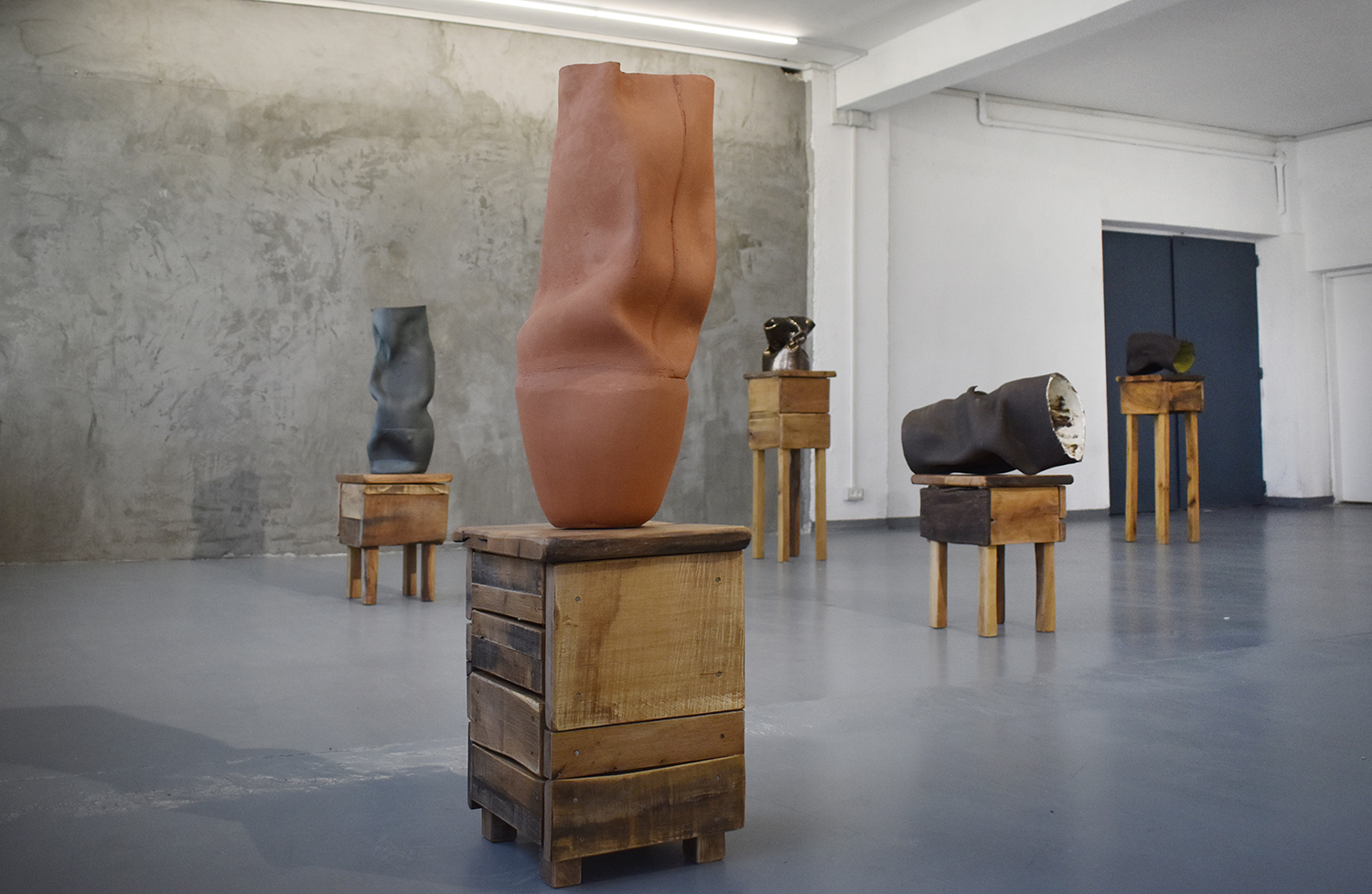
Ranti Bam
Common Ground
Installation View
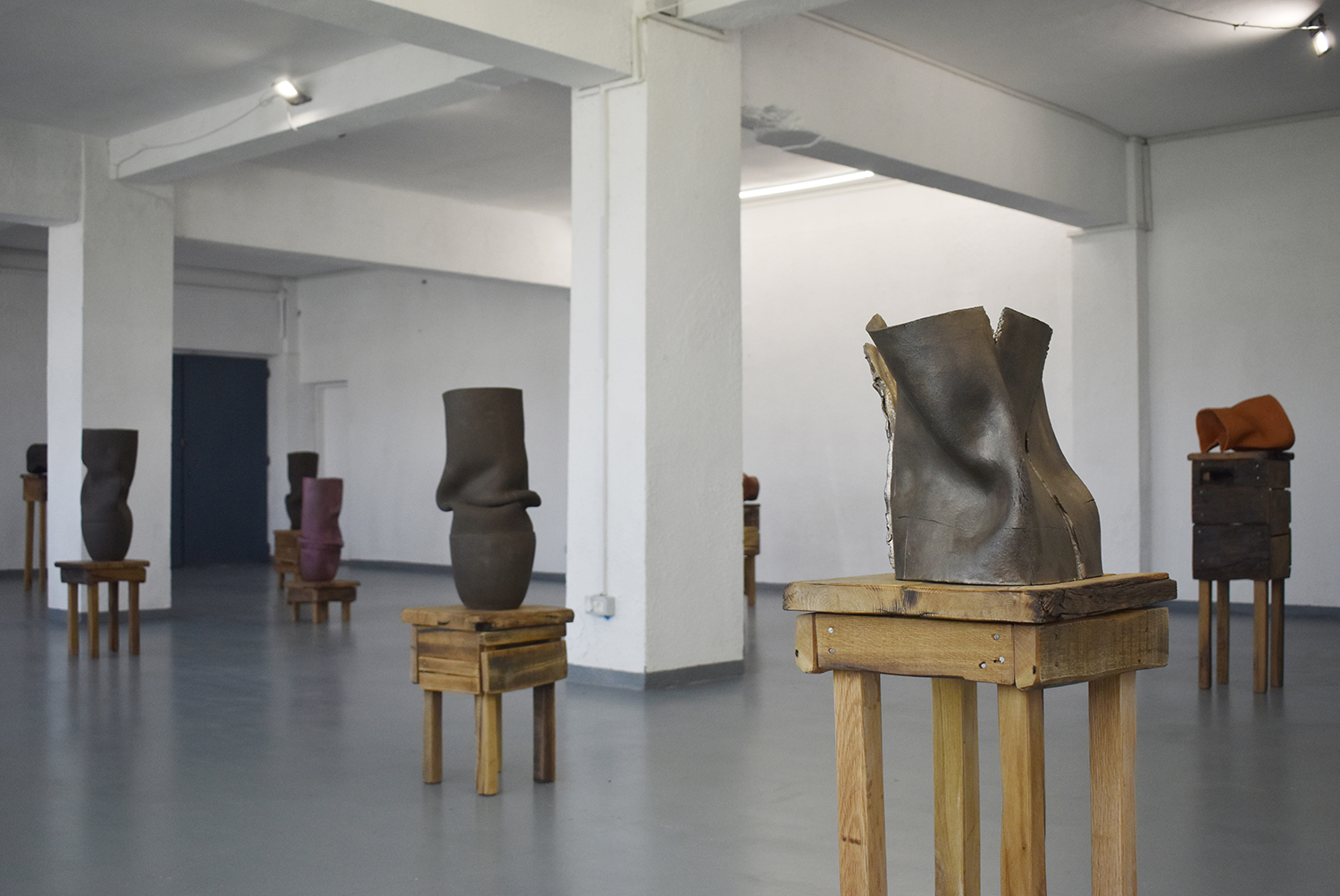
Ranti Bam
Common Ground
Installation View
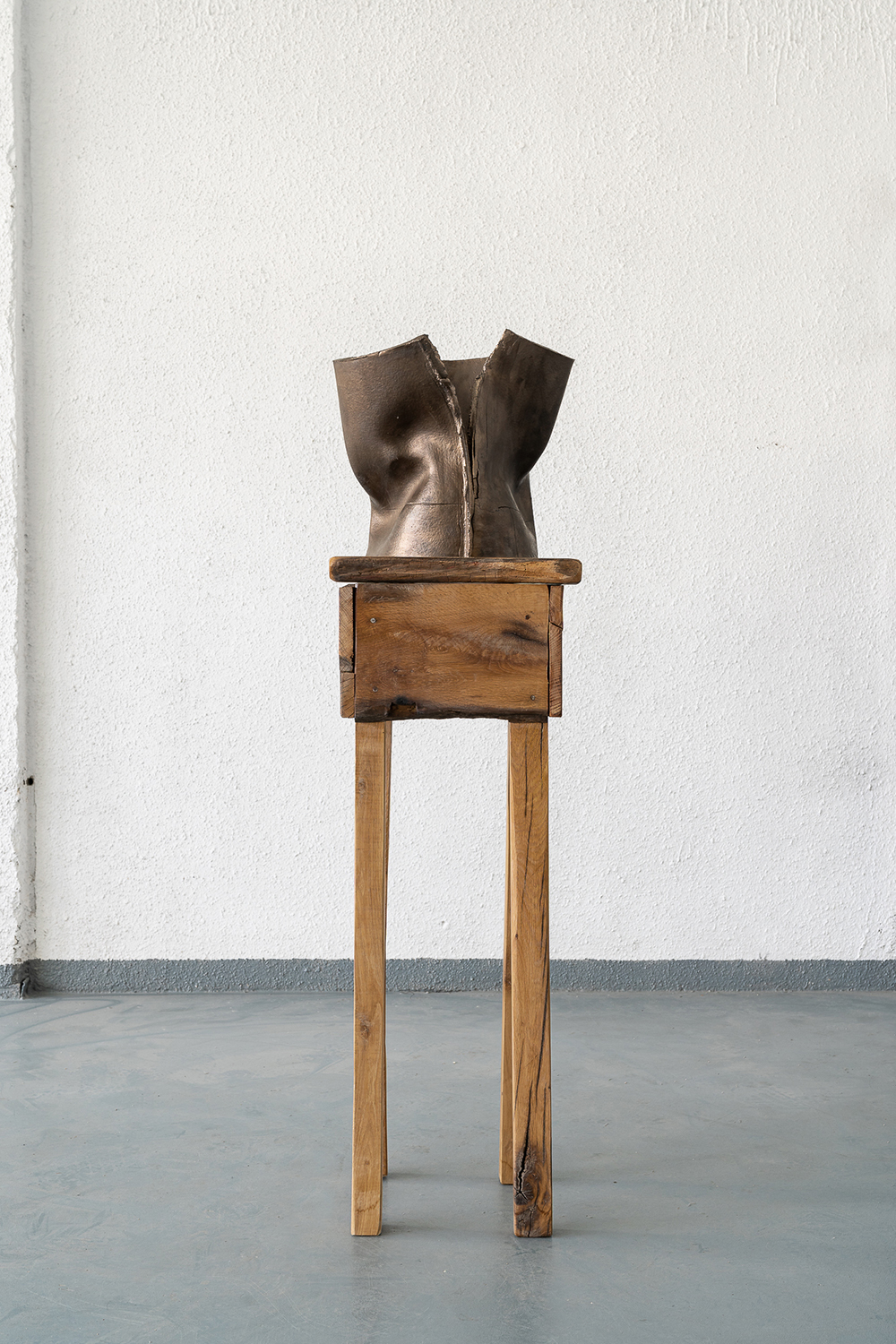
Ranti Bam
Ifa Bust 1, 2021
Black clay and glaze
40 cm x 35 cm
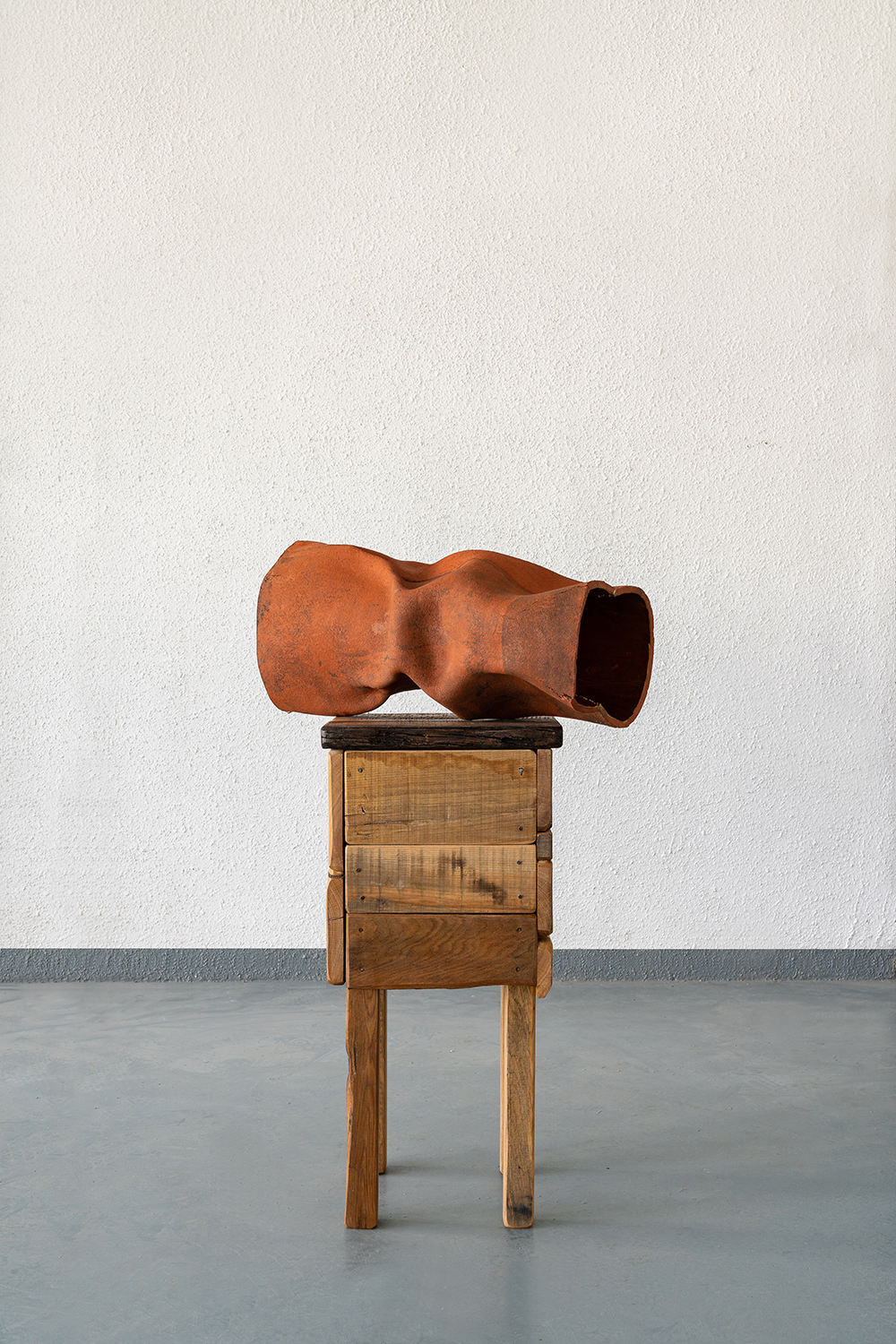
Ranti Bam
Ifa Torso 2, 2021
Red clay and metallic glaze
62 cm x 32 cm
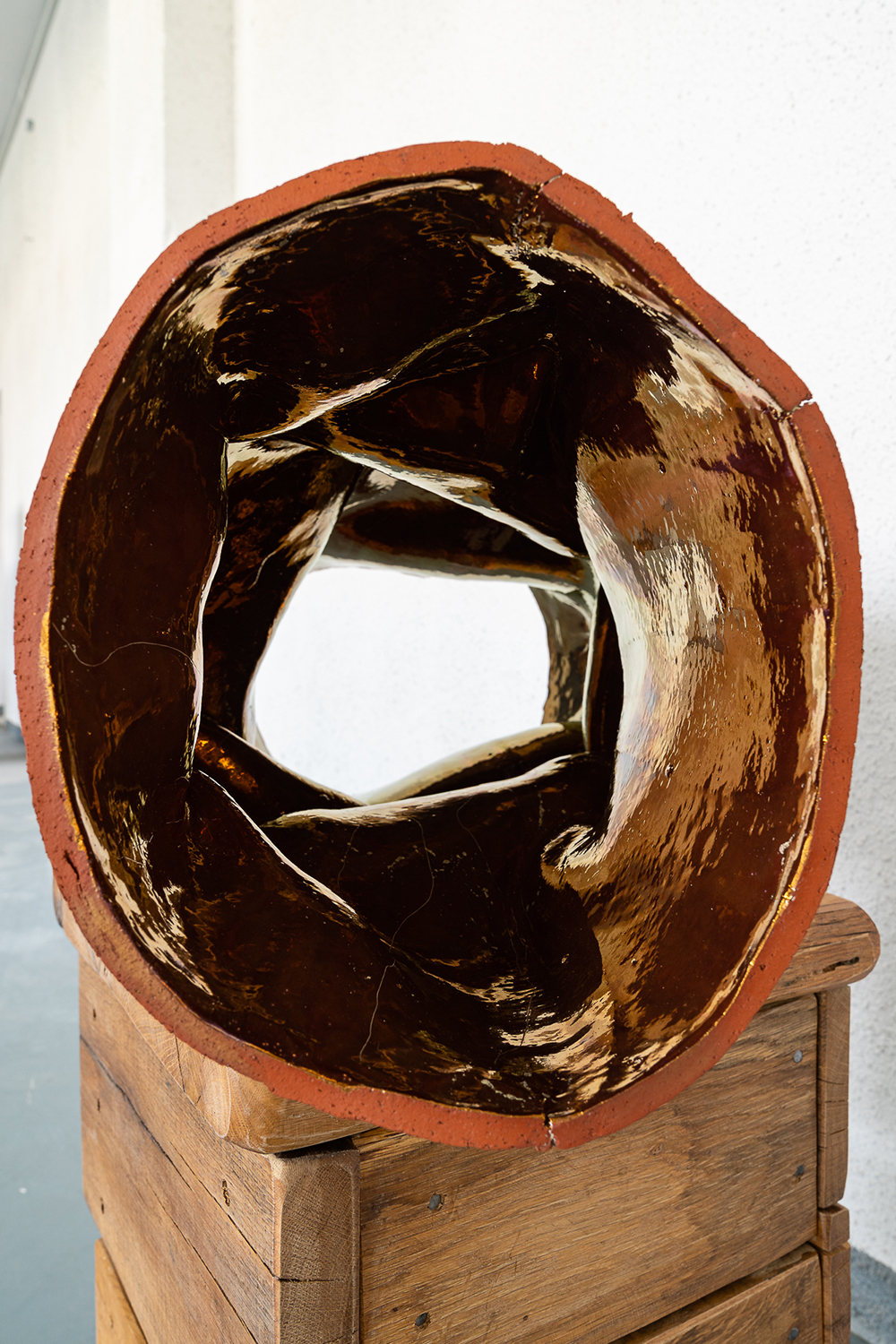
Ranti Bam
Ifa Torso 2, 2021
Detail
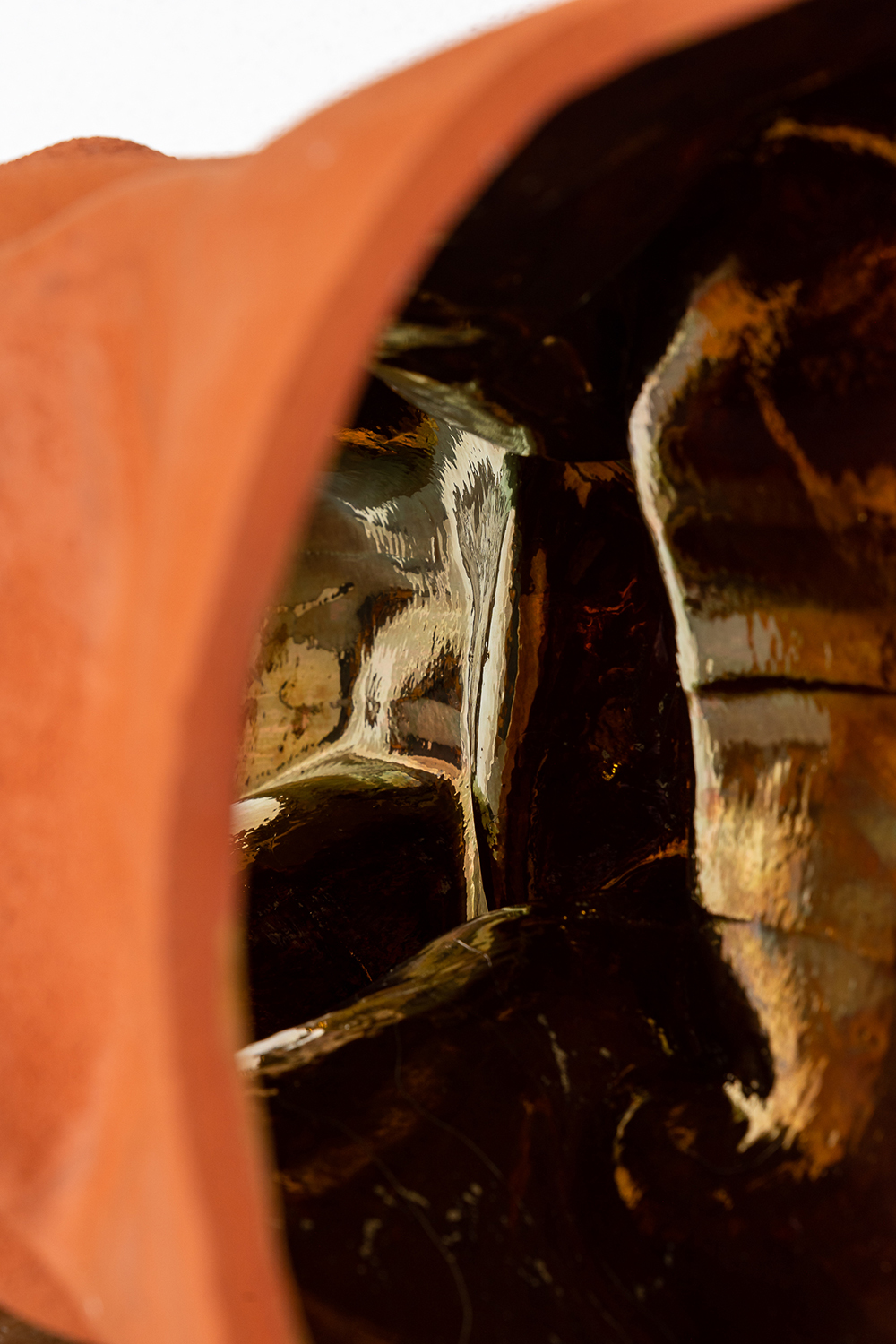
Ranti Bam
Ifa Torso 2, 2021
Detail
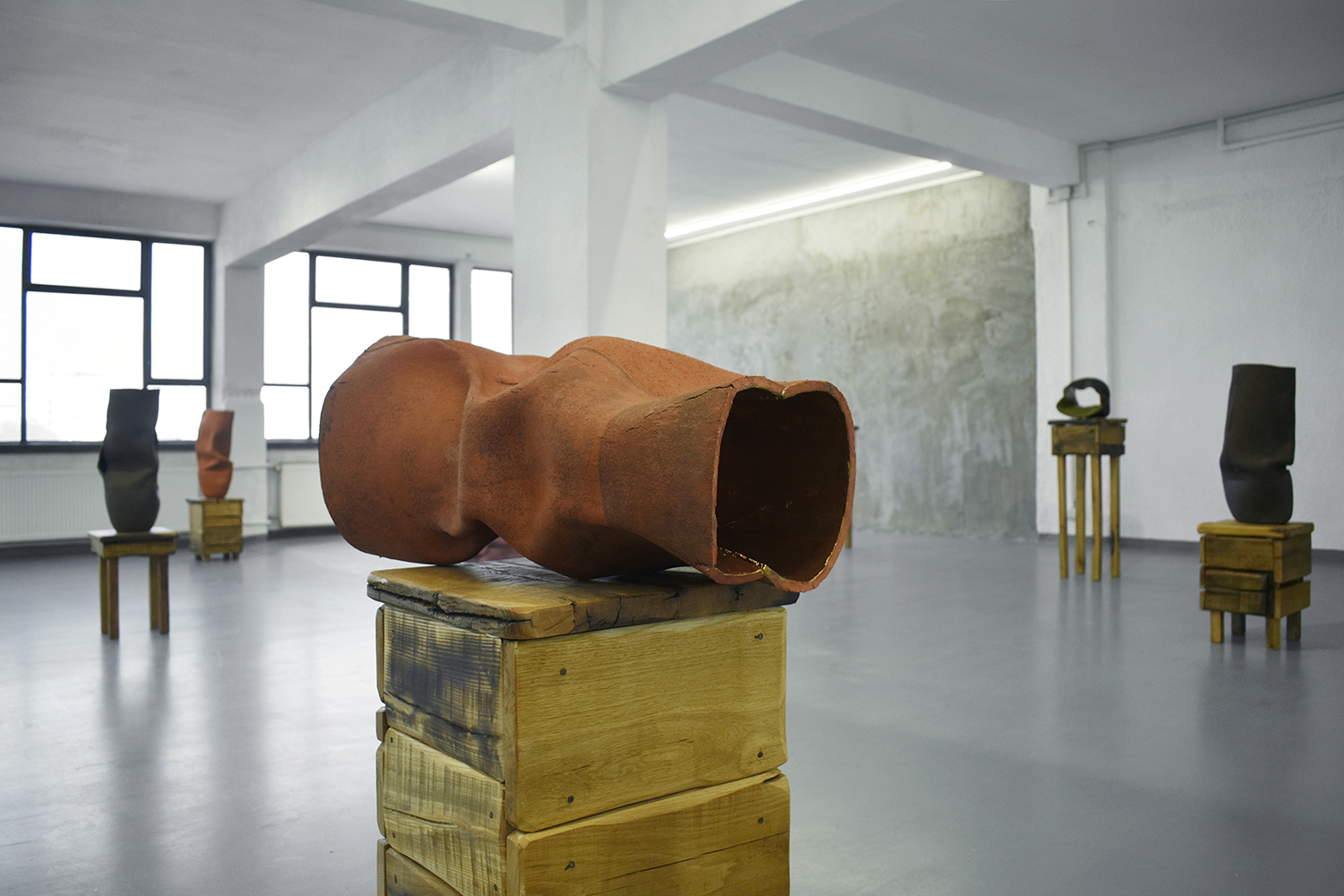
Ranti Bam
Common Ground
Installation View
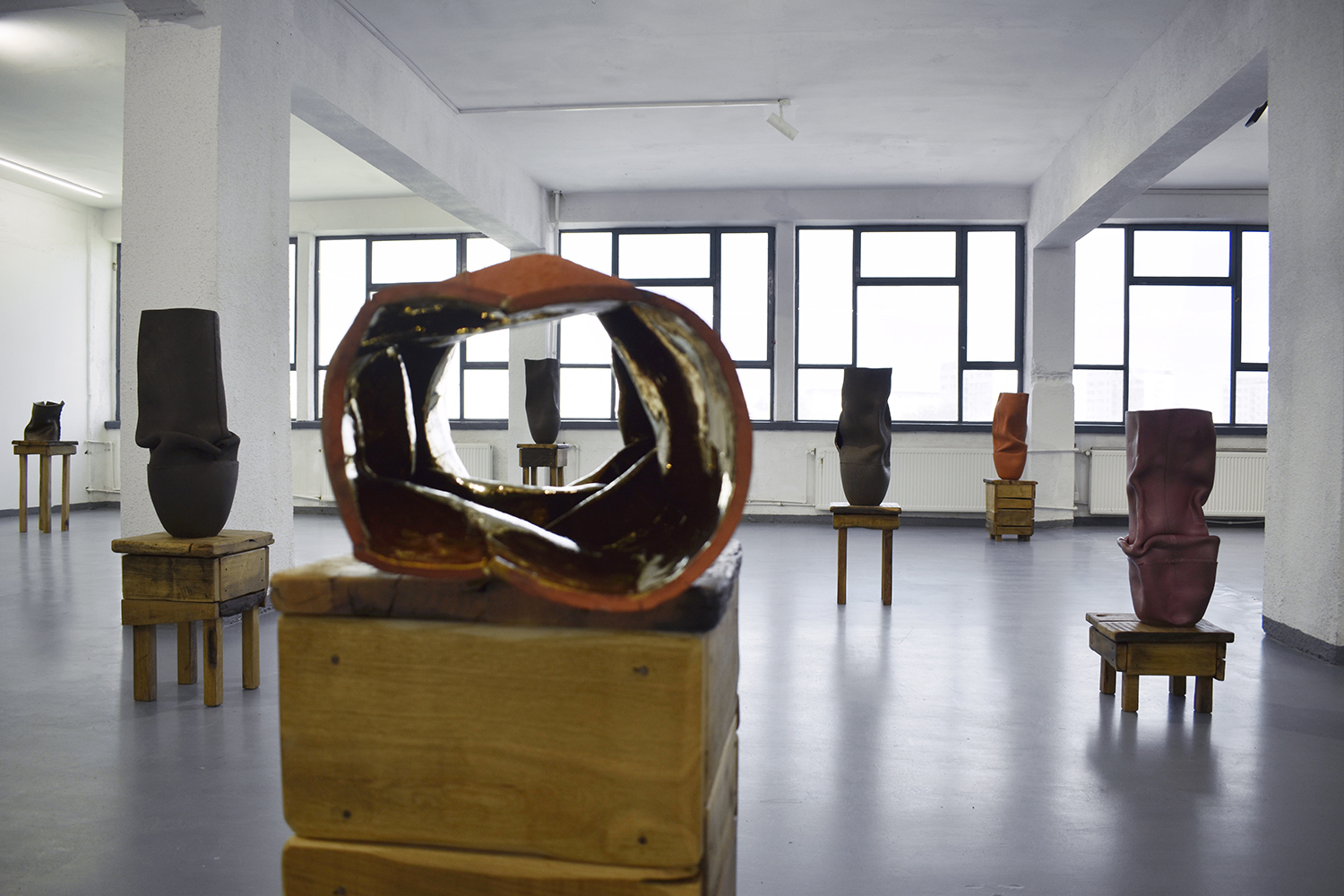
Ranti Bam
Common Ground
Installation View
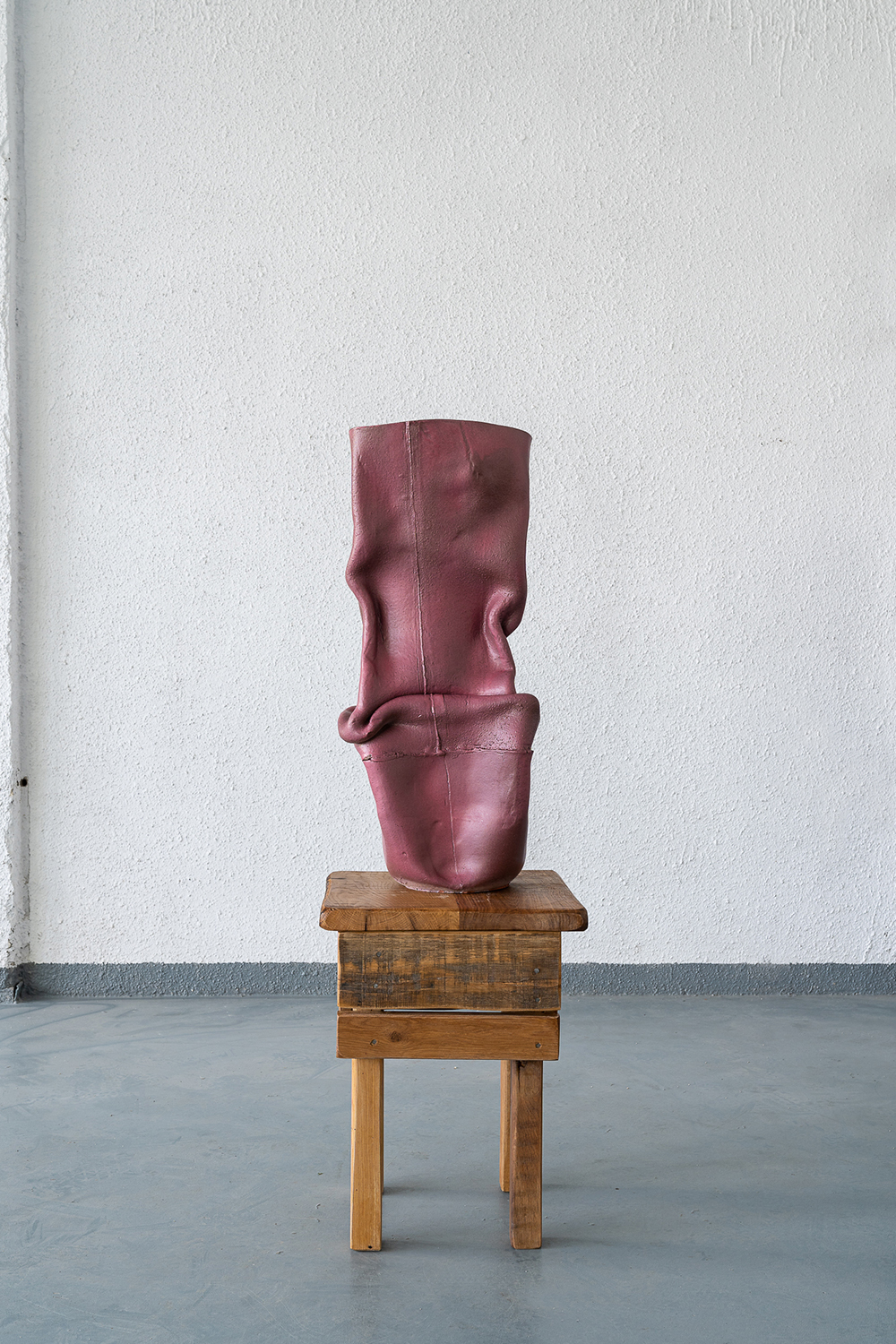
Ranti Bam
Pink Ifa, 2021
Black clay and glaze
74 cm x 31 cm
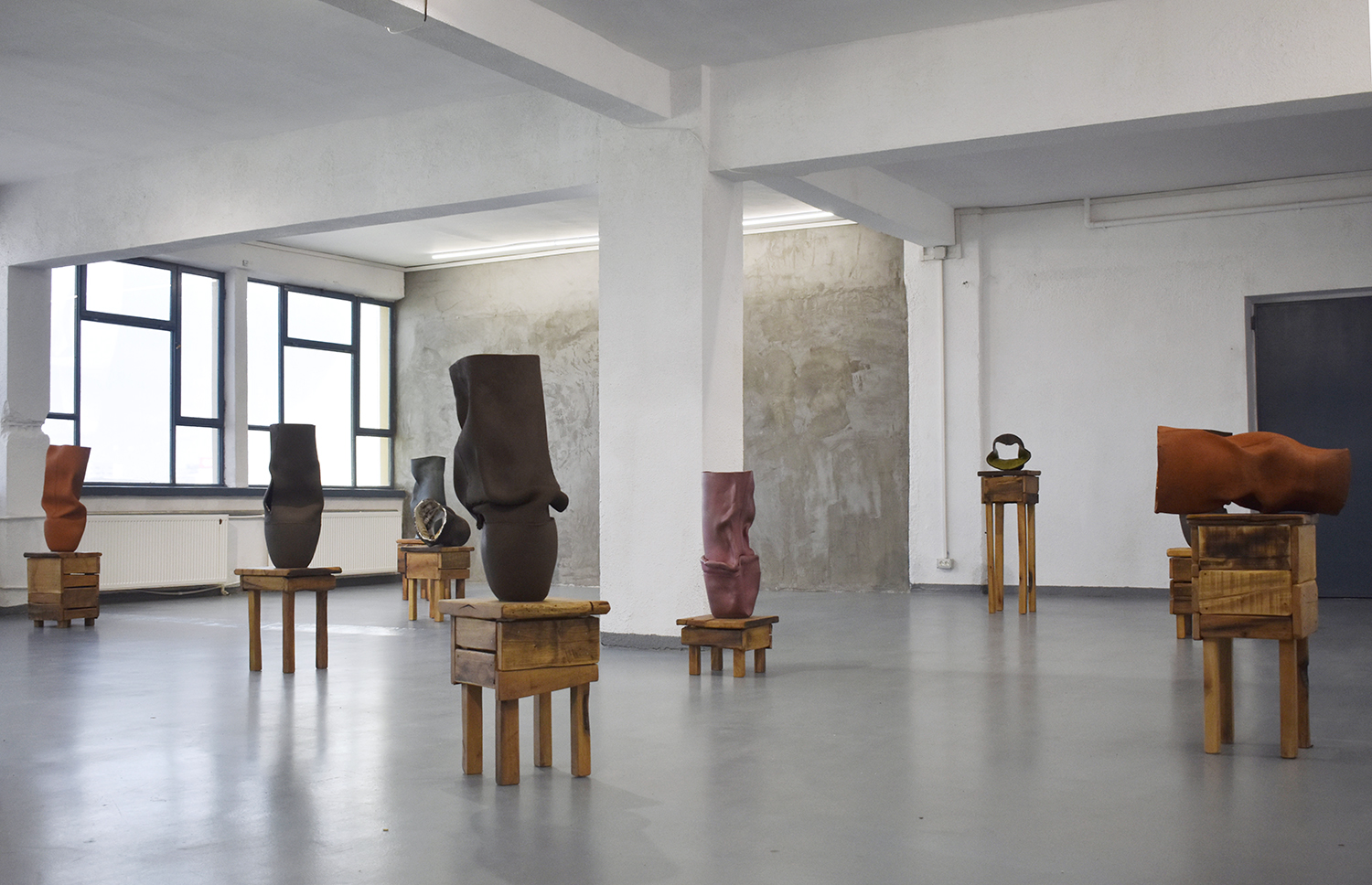
Ranti Bam
Common Ground
Installation View
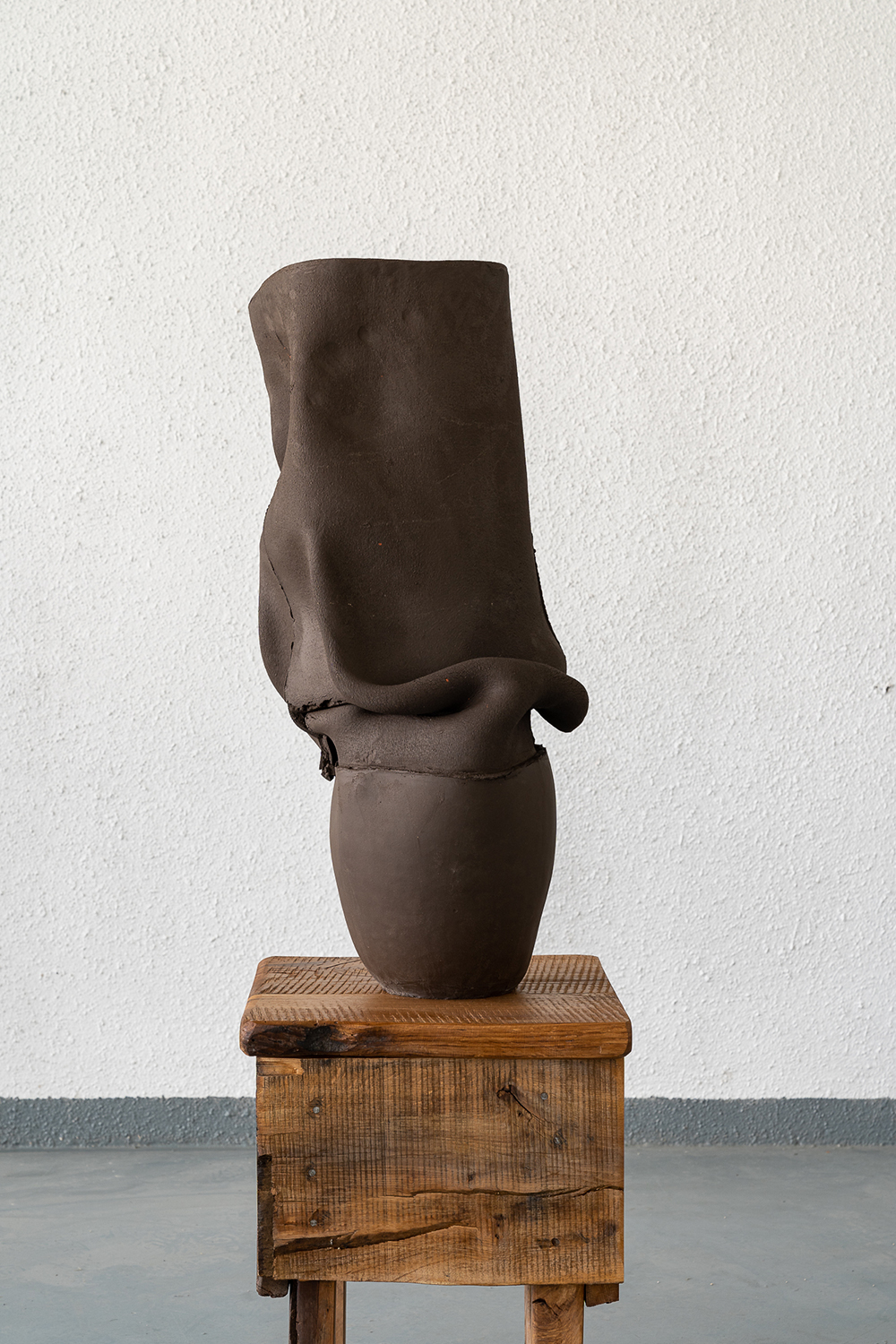
Ranti Bam
Ifa 5, 2021
Black clay and glaze
77 cm x 35 cm
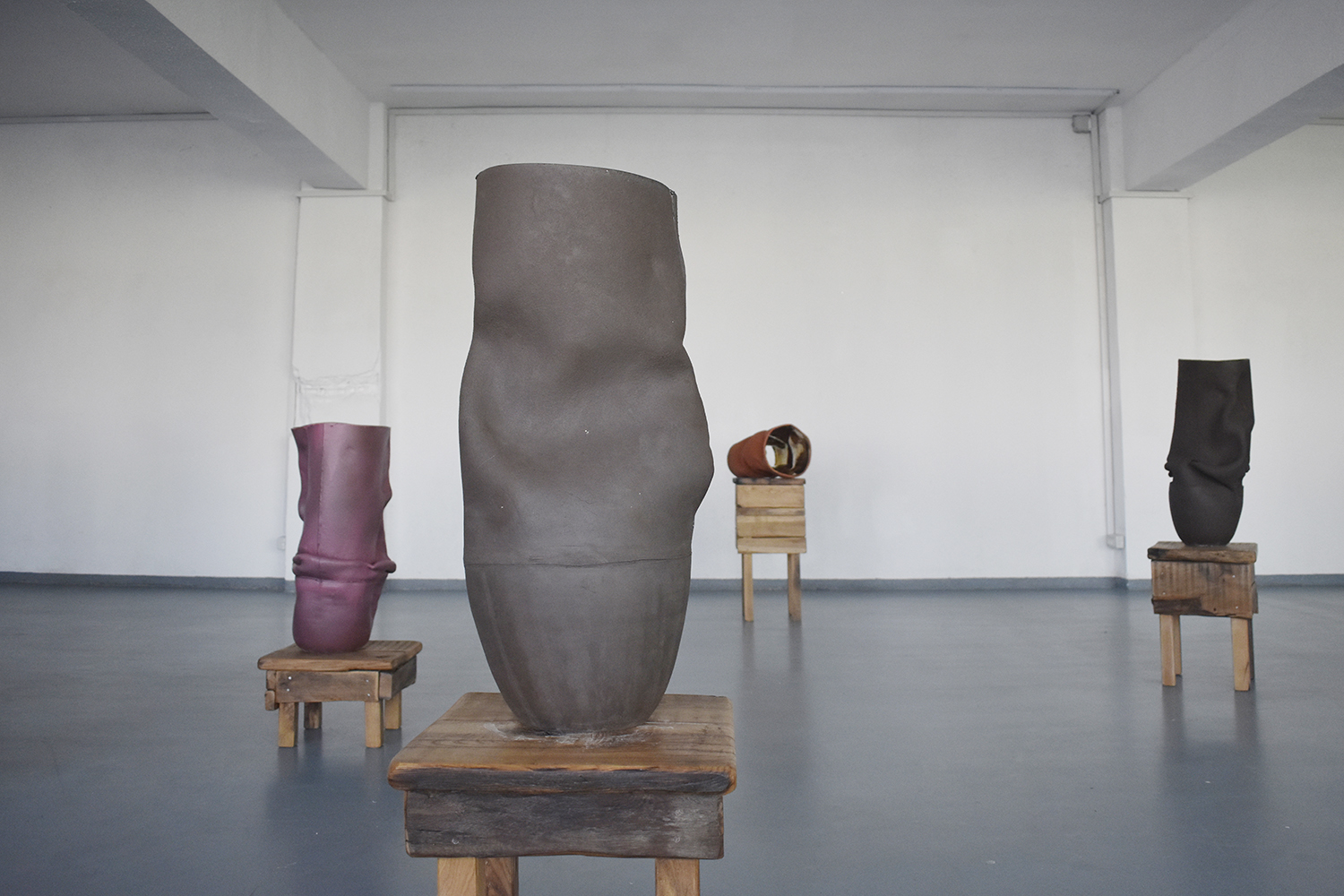
Ranti Bam
Common Ground
Installation View
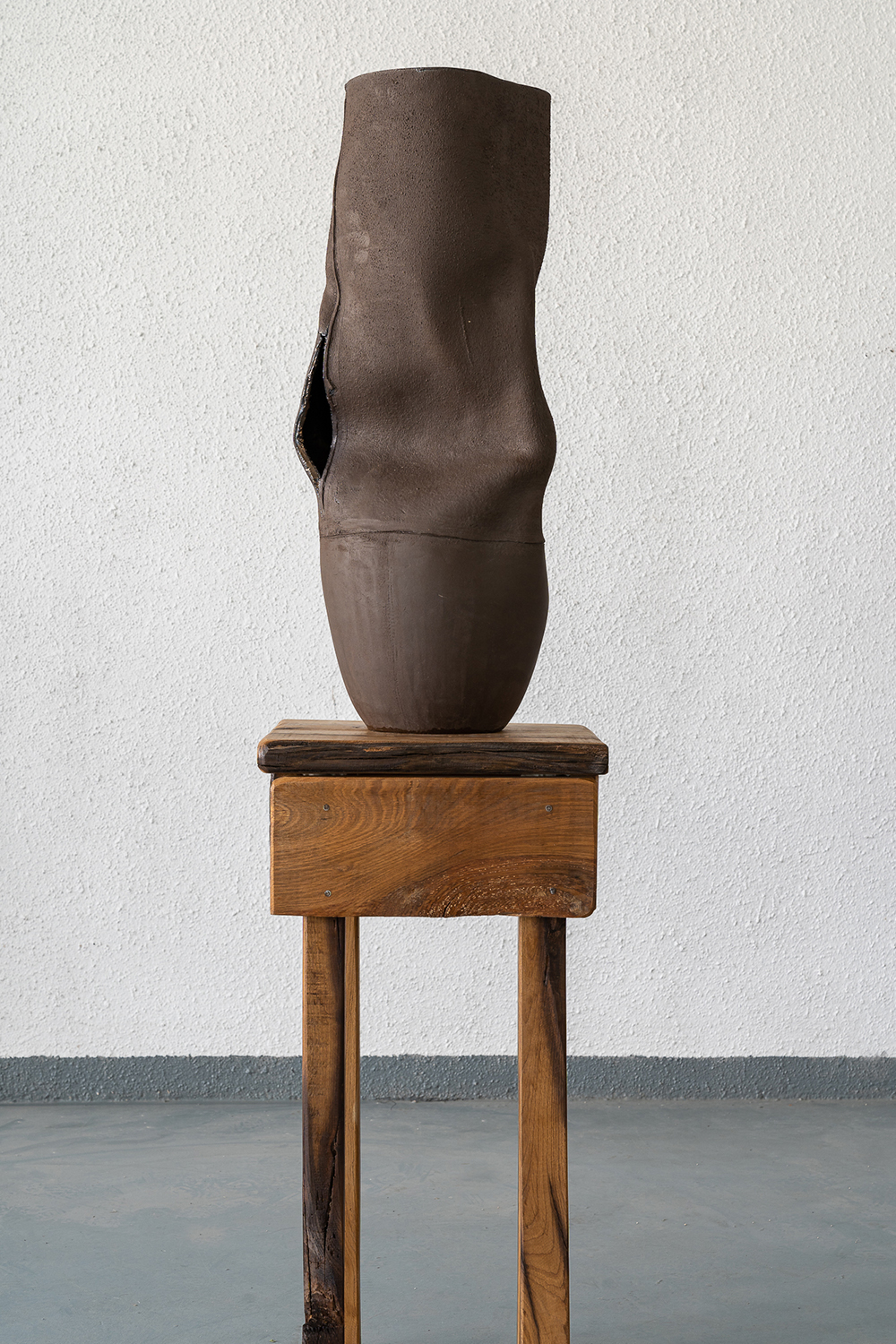
Ranti Bam
Ifa 2, 2021
Black clay and metallic glaze
75 cm x 32 cm
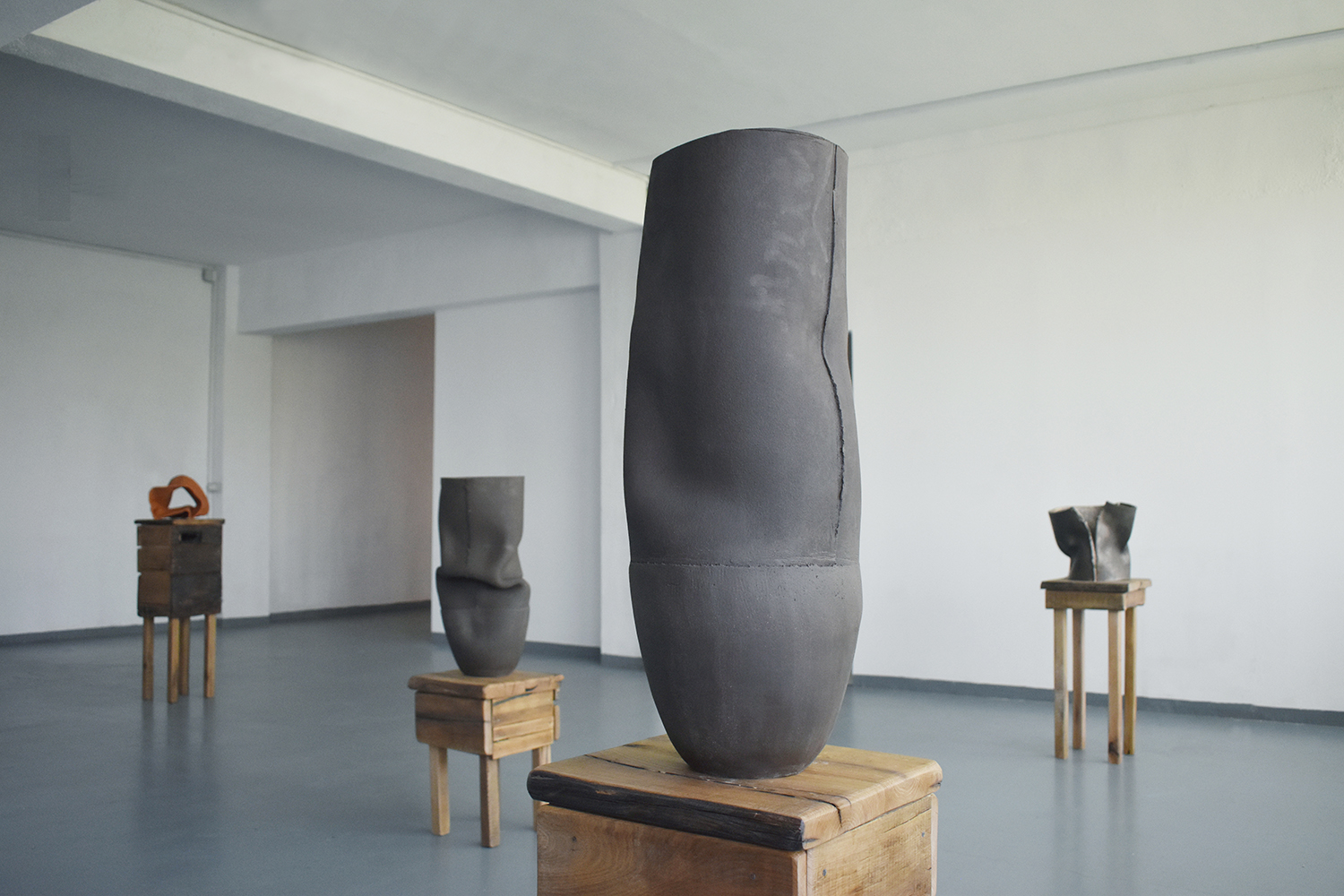
Ranti Bam
Common Ground
Installation View
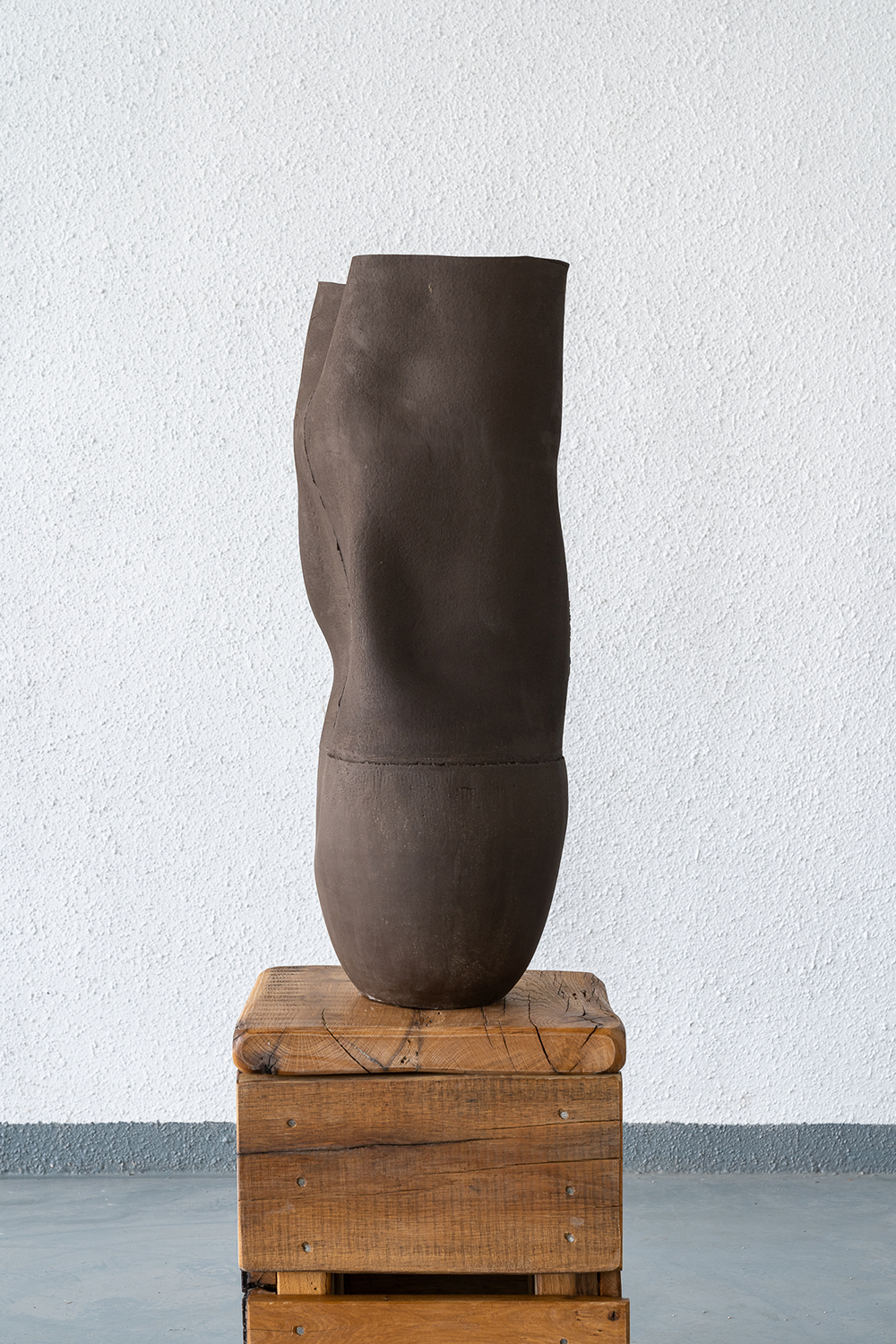
Ranti Bam
Ifa 4, 2021
Black clay and glaze
75 cm x 29 cm
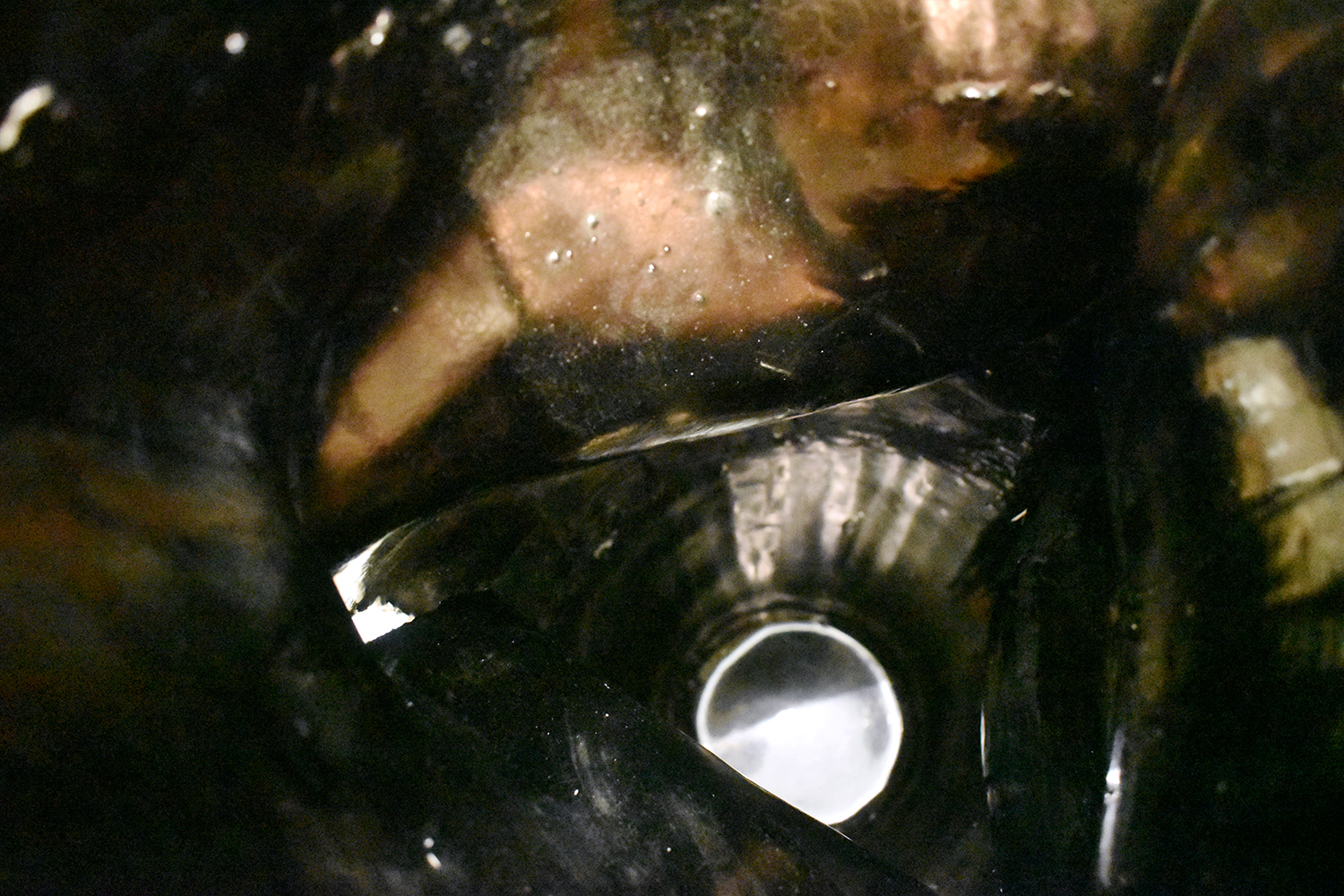
Ranti Bam
Ifa 4, 2021
Detail
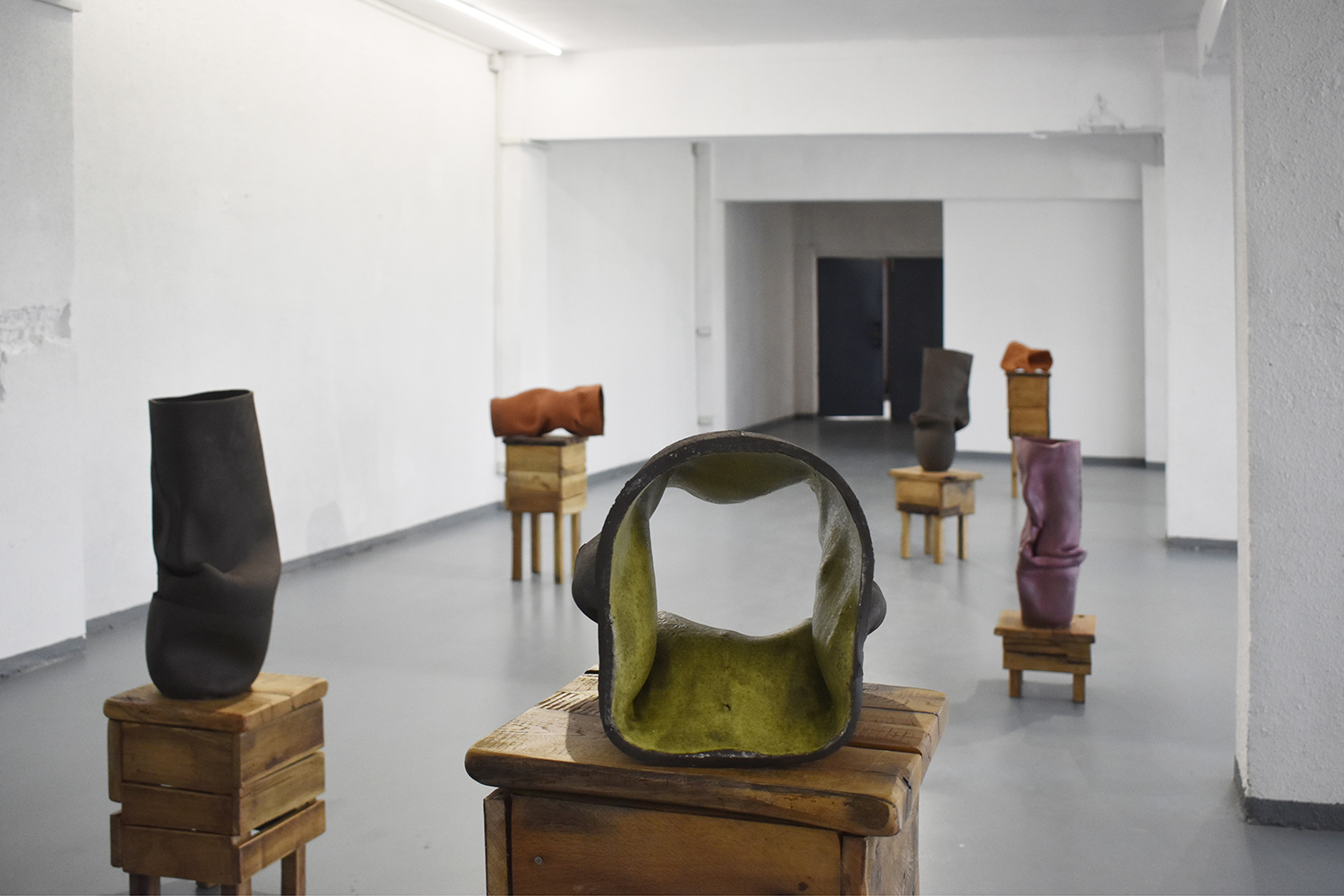
Ranti Bam
Common Ground
Installation View
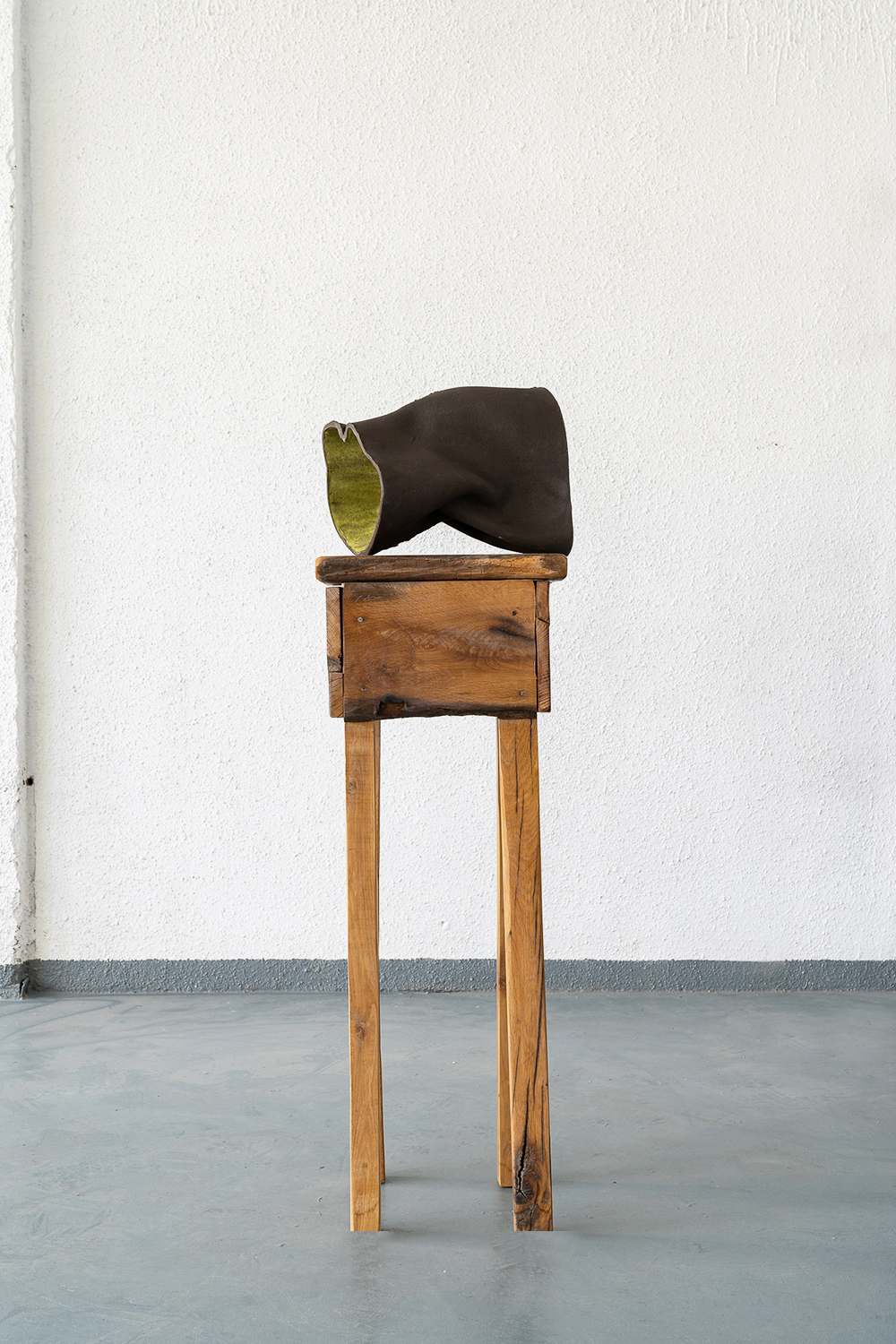
Ranti Bam
Ifa Bust 4, 2021
Black clay and glaze
38 cm x 33 cm
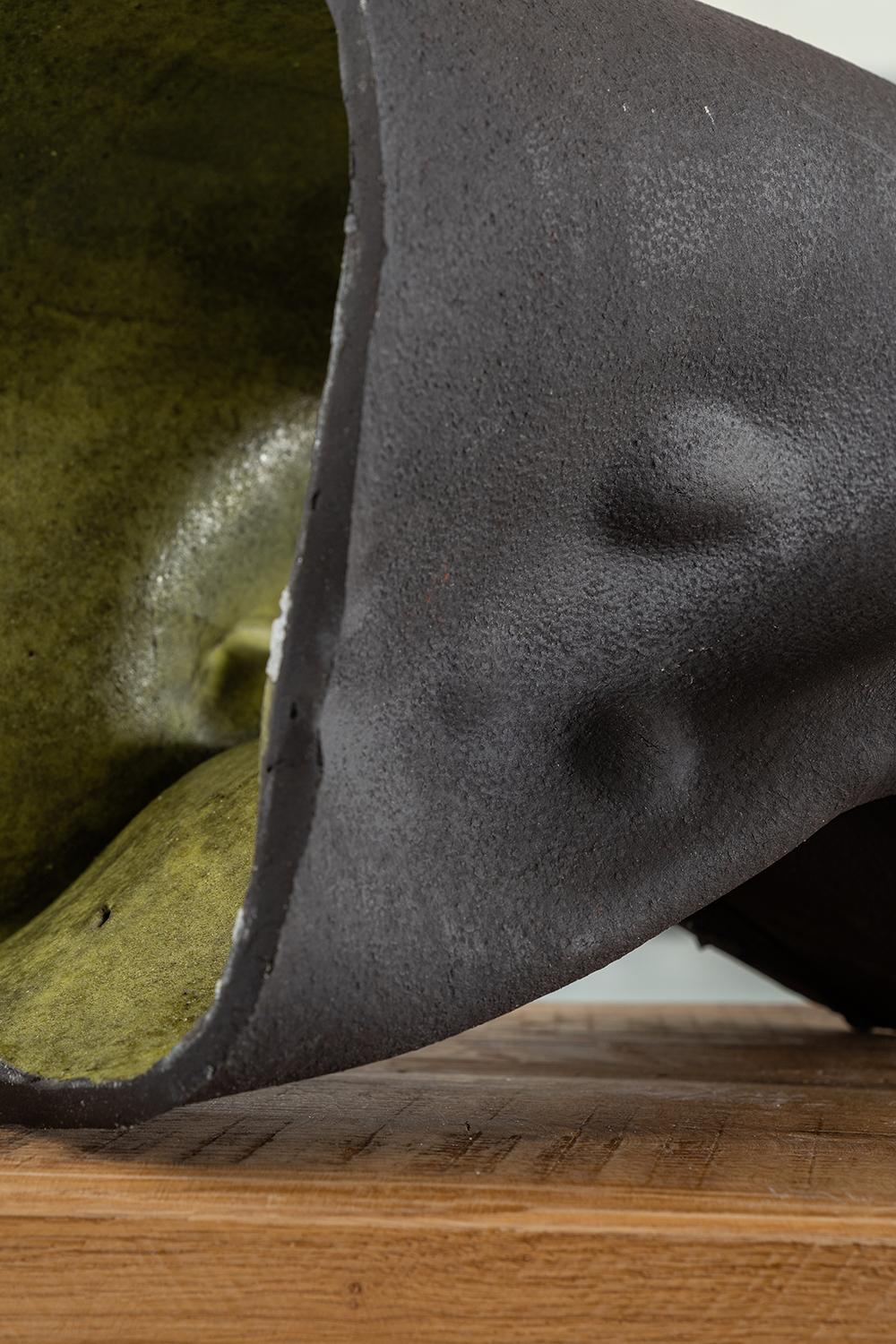
Ranti Bam
Ifa Bust 4, 2021
Detail
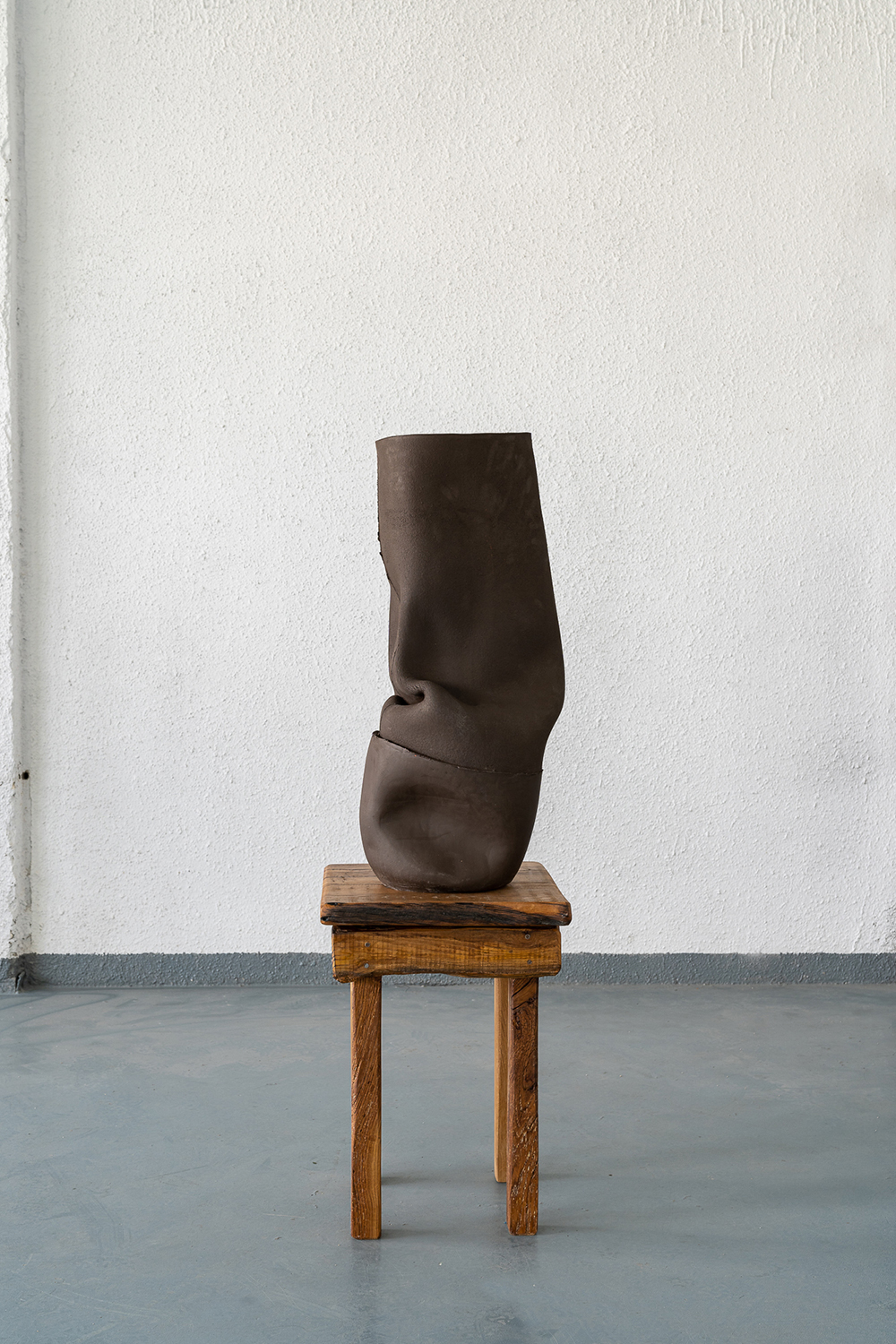
Ranti Bam
Ifa 6, 2021
Black clay and glaze
73 cm x 29 cm
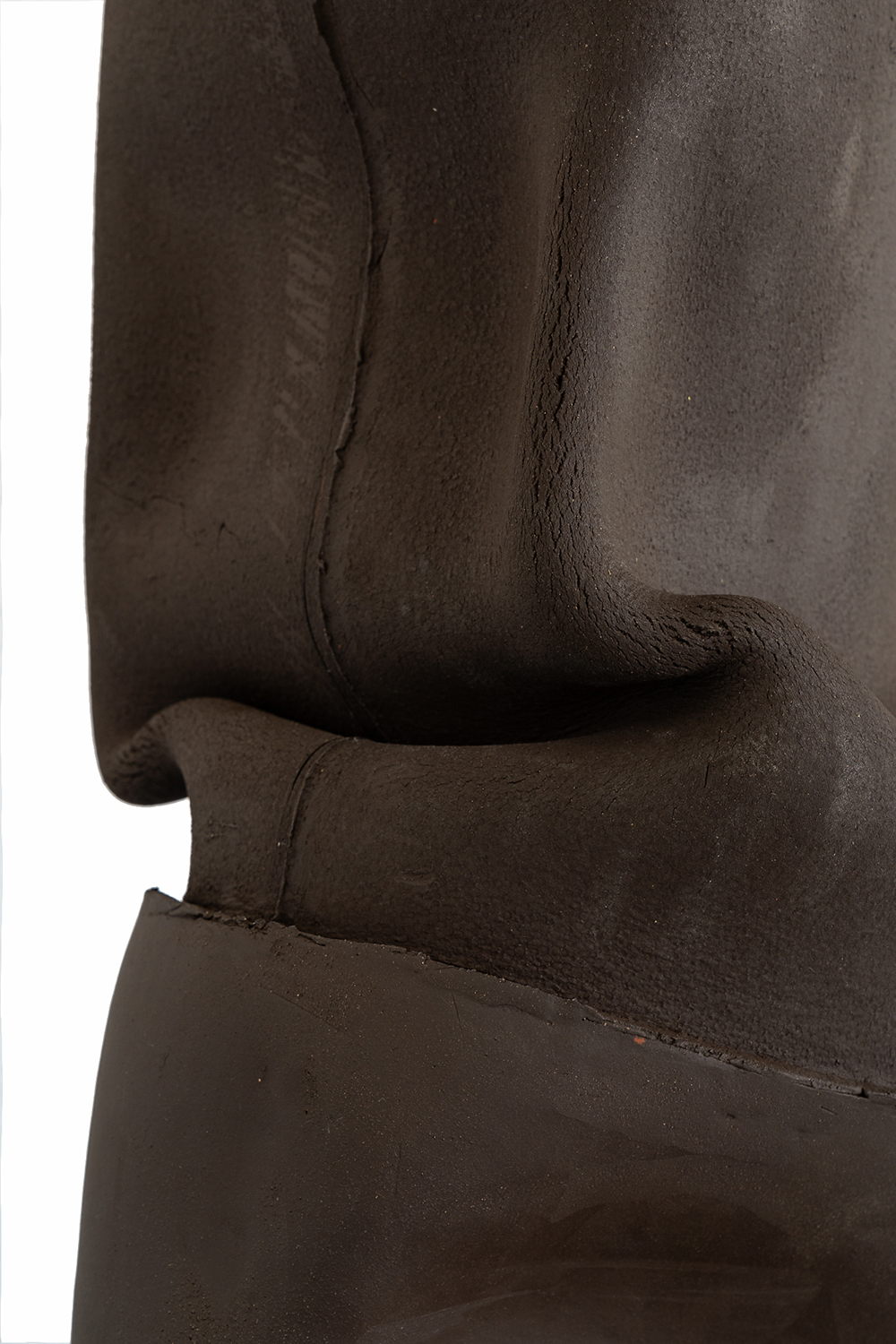
Ranti Bam
Ifa 6, 2021
Detail
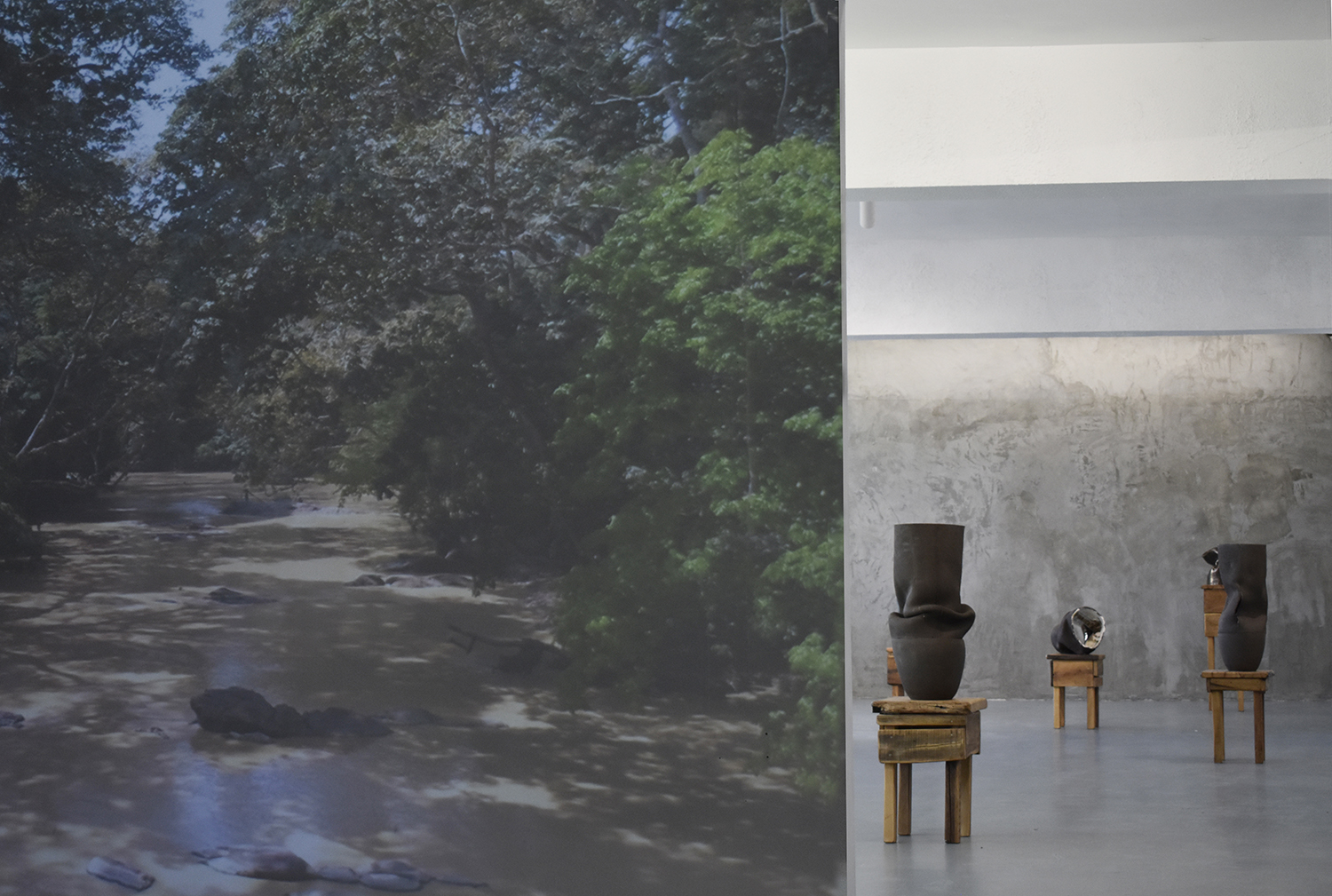
Ranti Bam
Installation View
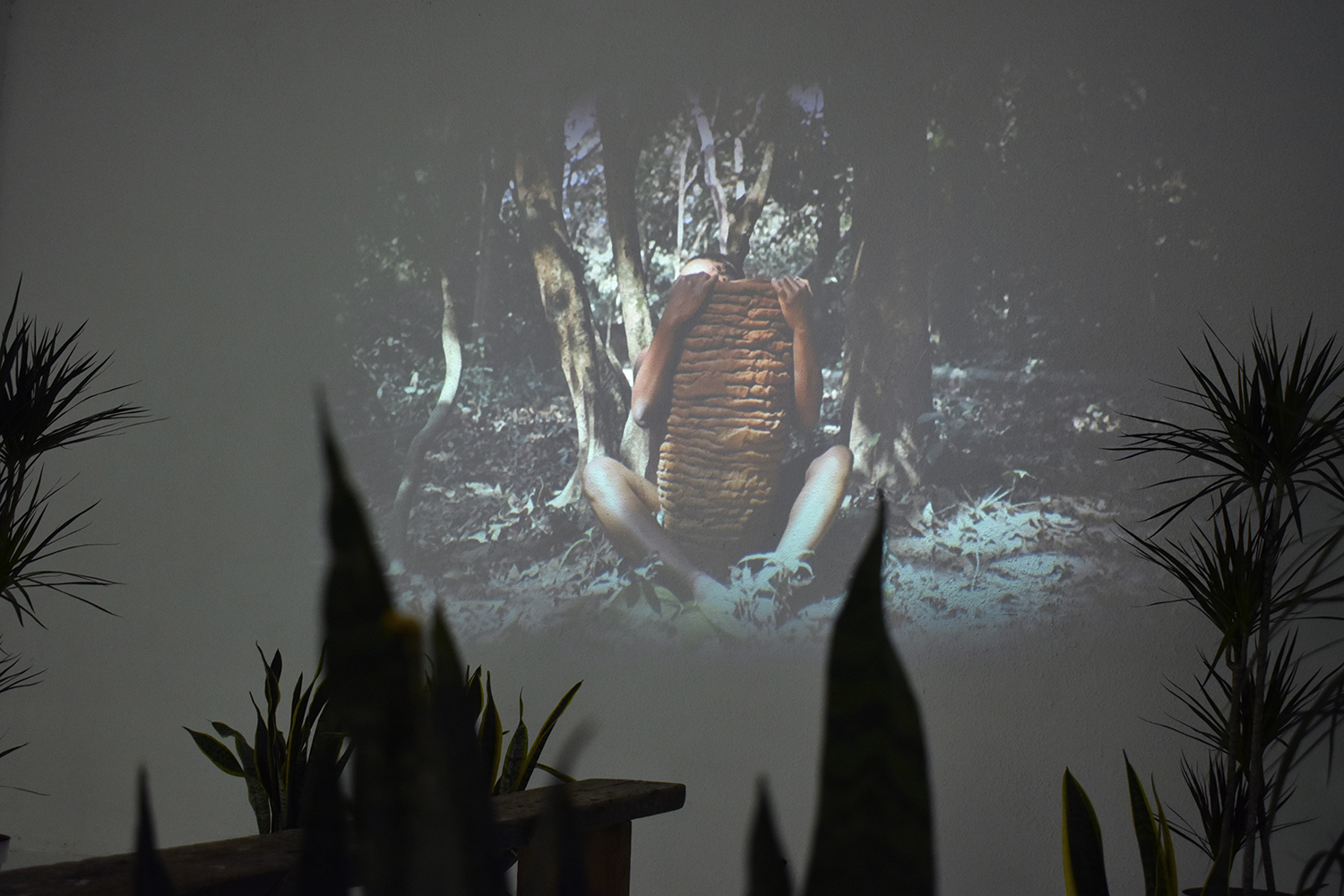
Ranti Bam
In Hearthlands, 2022
Performance for camera documented in Osun-Osogbo Sacred Grove, Osogbo, Nigeria
Two-Channel Video Projection, Looped 2:00 mins
Installation View
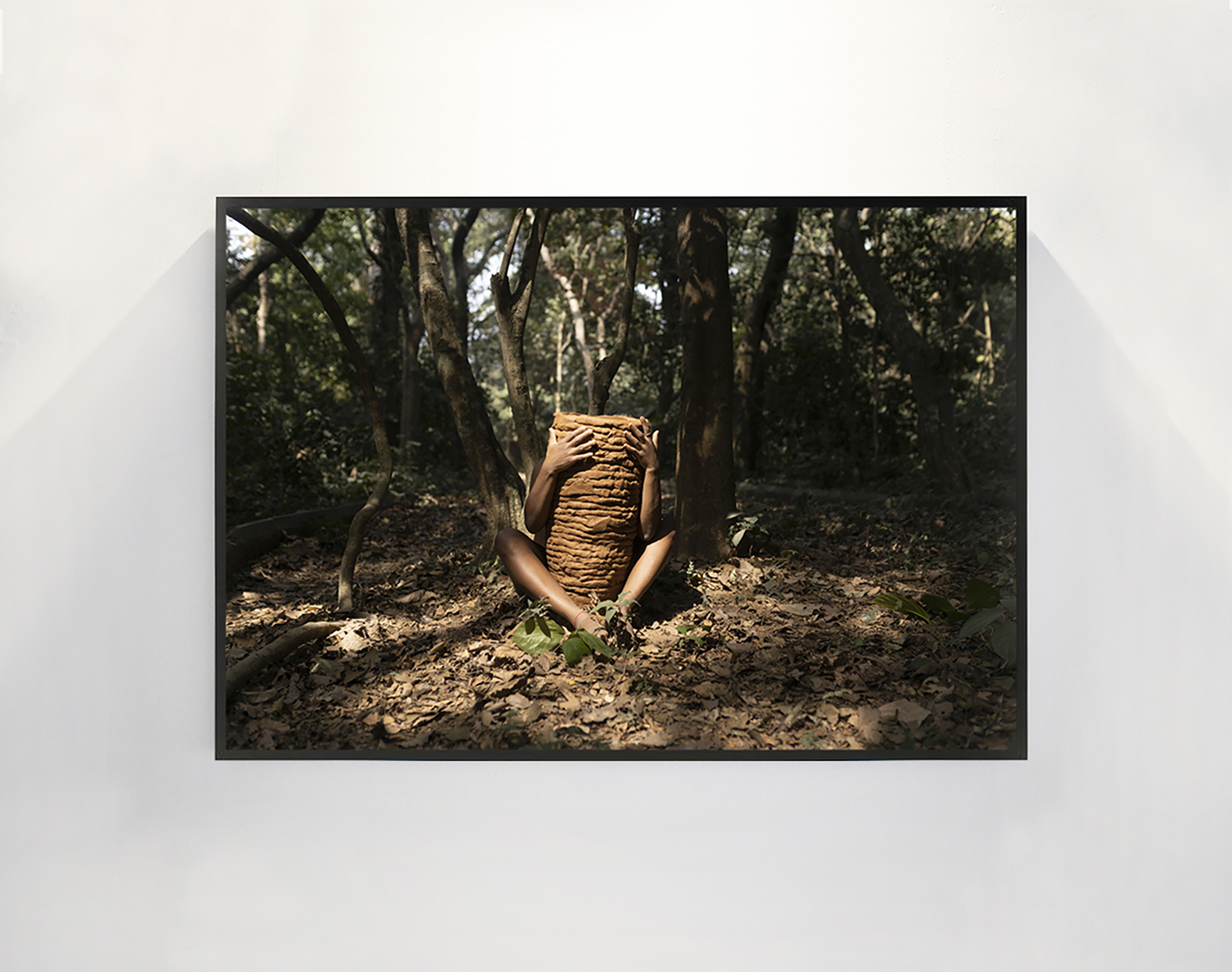
Ranti Bam
In Hearthlands, 2022
Archival pigment print, 95 × 35 cm
Catinca Tabacaru Gallery is thrilled to present British-Nigerian artist Ranti Bam’s first solo exhibition Common Ground. Bringing together a new body of performance-based ceramic works, Bam’s practice approaches clay as a material to investigate human inseparability from our environment.
Raised between Africa and Europe, Bam’s work gives form to the pluralities of her personal history, inhabiting the visual and spiritual culture of two distinct worlds as they collide today.
These new sculptures are avatars for the body. They are vessels; vessels with exteriors that resemble skin or leather. They surrender to Bam’s embrace as she prioritizes spirit before form. Imperfect, the sculptures pucker and crack, folded and faulted, their exteriors conceal pools of metallic yellow glaze that illuminate the interior – a sacred source.
Bam is searching for freedom from definitions. There is violence in definition. Here, traditions of making are approached as an antidote for violence. When turning her attention to her native Nigeria, she acknowledges the conflict upon its formation: an imposed state created by the Royal Niger Company in its pursuit of capital growth for the Crown. The forced shift from indigenous systems to wage labor, the privatization of communal land, the push into cash crops from subsidence farming, the indoctrination of Judeo-Christian beliefs, and the highly orchestrated assimilation of consumption culture and gender roles… are all acts of definition.
Bam’s ongoing journey into the Nigerian Yoruba culture unfolds the semiotic aspects of the feminine (intimacy, care, vulnerability, the vessel) as vital in considering how a relationship to nature can break down ideological structures.
There is an increasing amount of discourse today around what it means to be an African in globalized capitals. How does the neo-liberal West engage with pluralities of past, present and future African identity? Bam’s work is an intimate form of this social exploration. Clay holds narrative and curative powers. It is malleable, fragile, erotic; clay remembers. Bam approaches the material for solace, for respite, for liberation. She embraces it, fulfilling a desire for intimacy and symbiosis – the Dutch word Huidhonger is the best descriptor she can conjure for the feeling. It means skin hunger: the feeling people develop when they are disconnected from one another.
In titling the sculptures Ifa, Bam signals their multiplicities. Ifa in Yoruba means both (ifá): divination and (I – fàá): to pull close. Maybe they are votive objects bringing one closer to the divine. As viewers, we are turned into witnesses to the performance of a ritual that has the artist transforming – a newfound willingness to share her intimate space – unadorned, raw, in process. It’s a very African act to invite us into the commune; but, it’s a universal act to invite us to be a community.
Ranti Bam, Common Ground in Ziarul Financiar
Reunite sub umbrela conceptului de Common Ground – tradus în românește: “Teren comun”, lucrările încorporează dorința artistei de a “topi” granițele între om și natură.. – Alina Vasiliu
10.10.2022